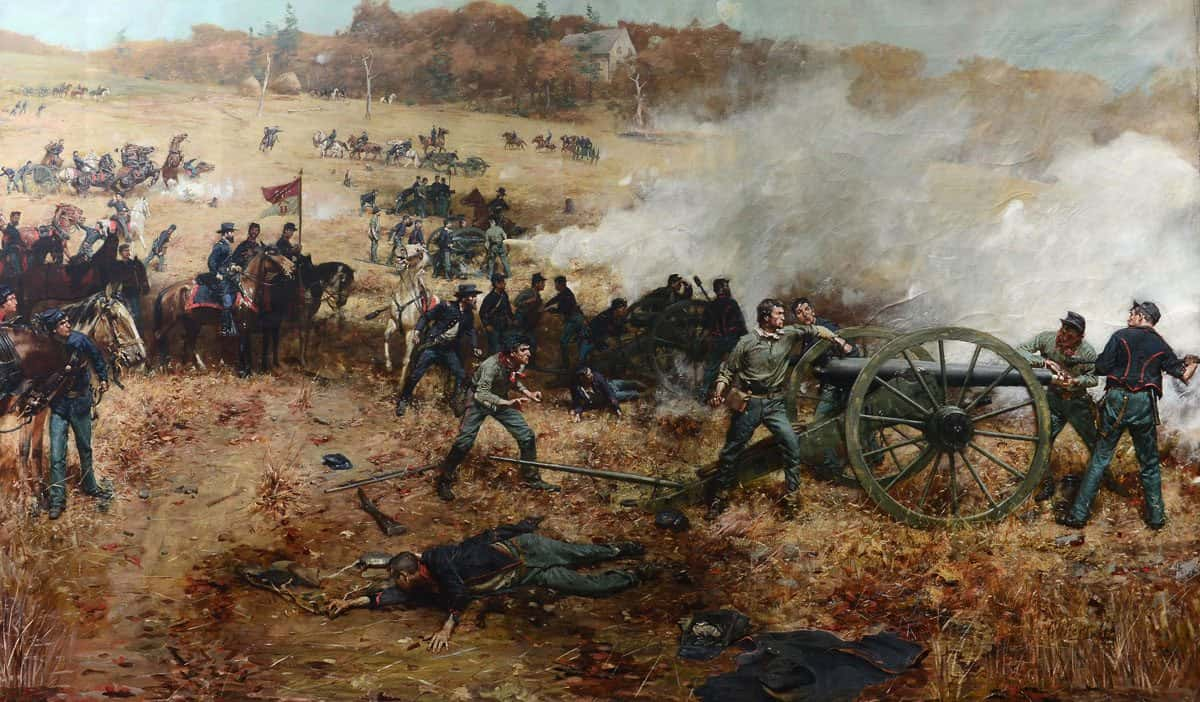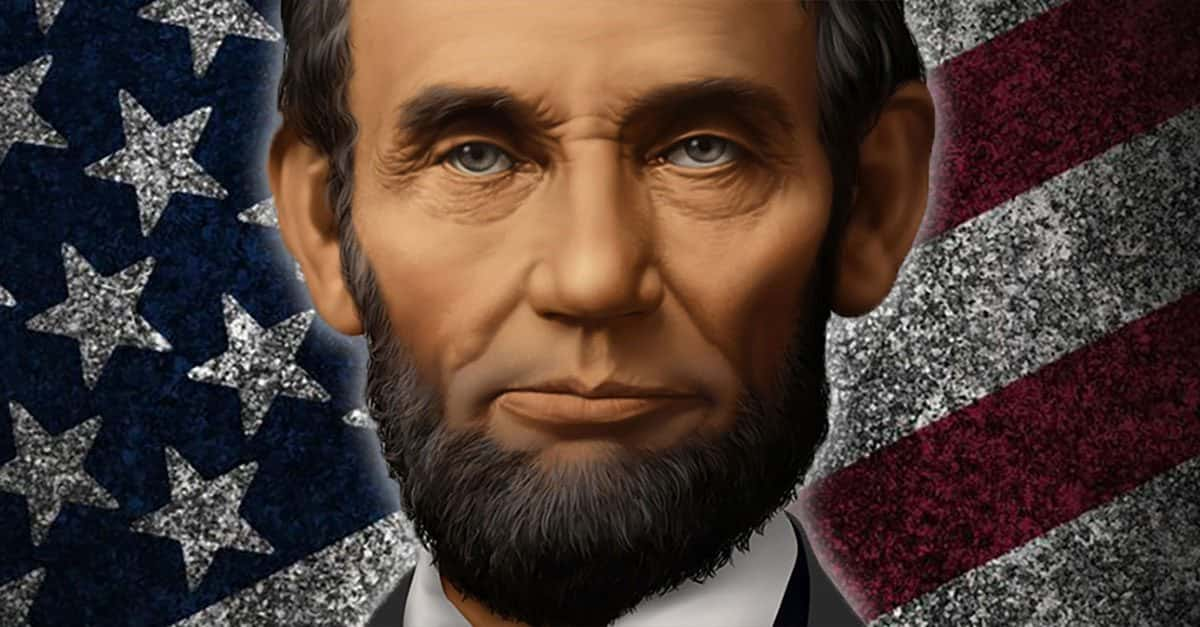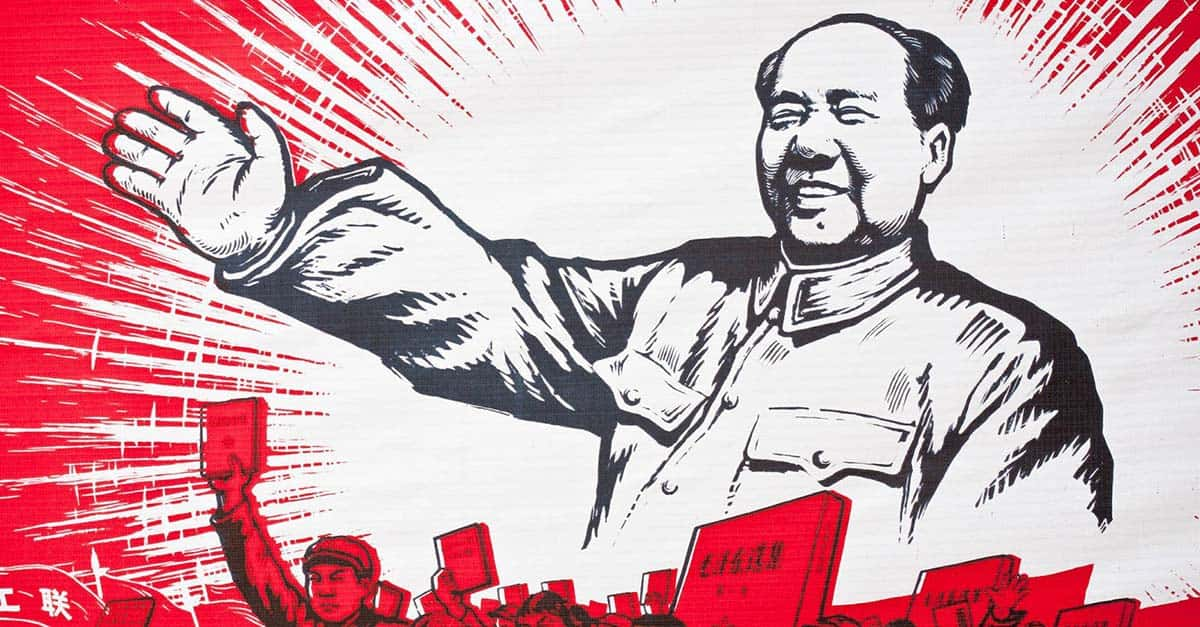Between 1861 and 1865, The United States was divided and fought in what was to become the bloodiest war in its history.
Here are some strange facts about the Civil War.
56. Nellie
General Lee was given a flock of chickens by a Virginia farmer in 1862. The soldiers ate all but one of the chickens, which had caught the attention of the General. This chicken became his pet, was named Nellie and laid eggs under Lee’s cot every day
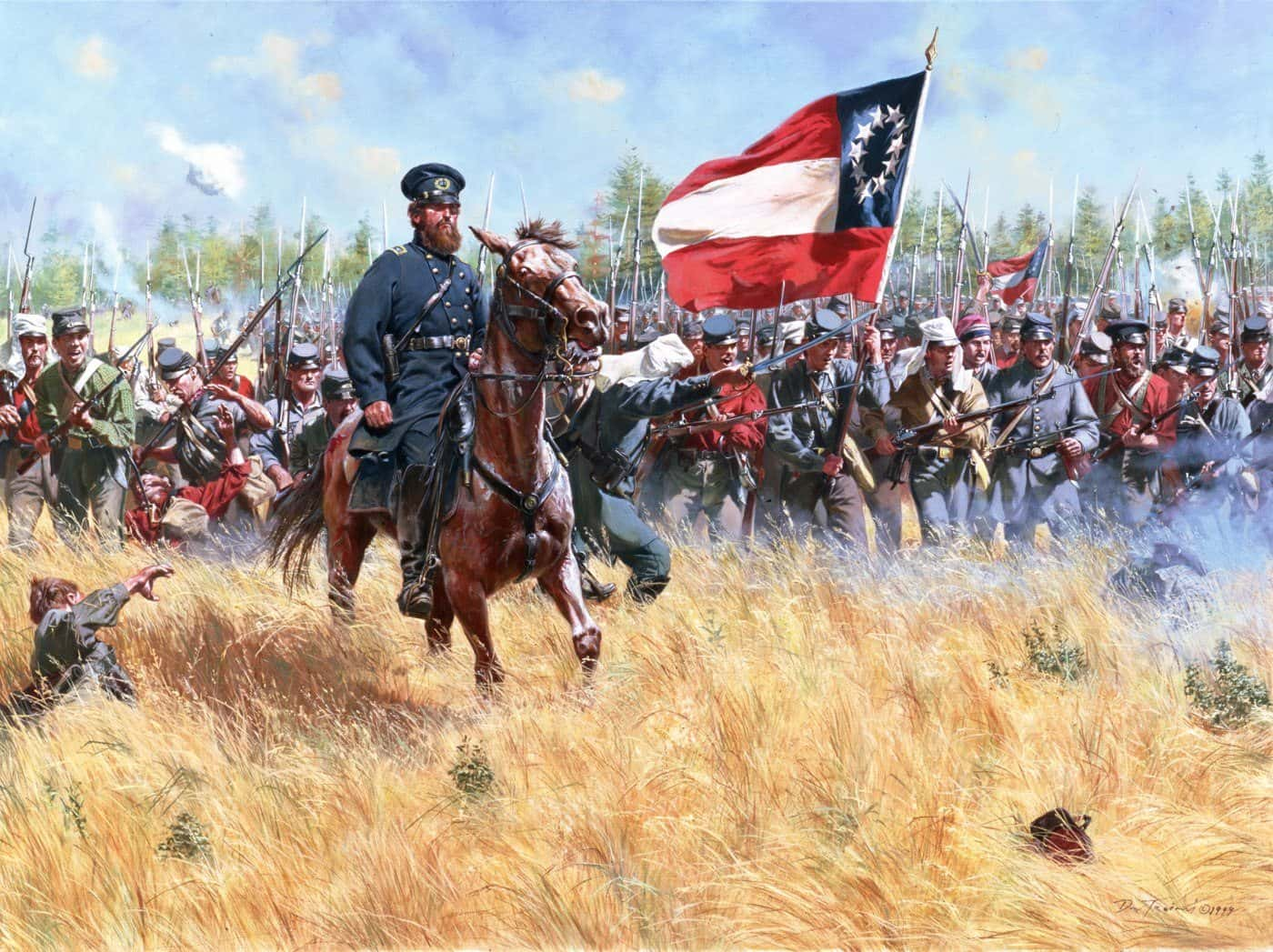
55. Angel’s Glow
Soldiers from both sides began reporting glow-in-the-dark wounds after the Battle of Shiloh in 1862. Of nearly 16,000 wounded, those with glowing wounds seemed to heal faster. Later research revealed that the area was likely a breeding ground for P. luminescens, a luminescent bacterium that produces a natural anti-biotic.
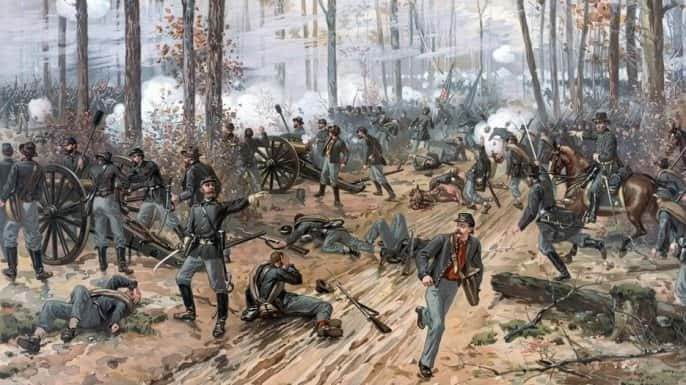
Artistic Depiction of the Battle of Shiloh.
54. Not-So-Nice Abe
Before and during the Civil War, Abraham Lincoln tried to send freed slaves abroad.
The policy, called colonization, pushed to deport freed blacks to Central America, calling for a constitutional amendment authorizing Congress to pay for colonization. Lincoln never successfully gathered support for the policy, and after signing the Emancipation Proclamation, he never publicly mentioned it again.
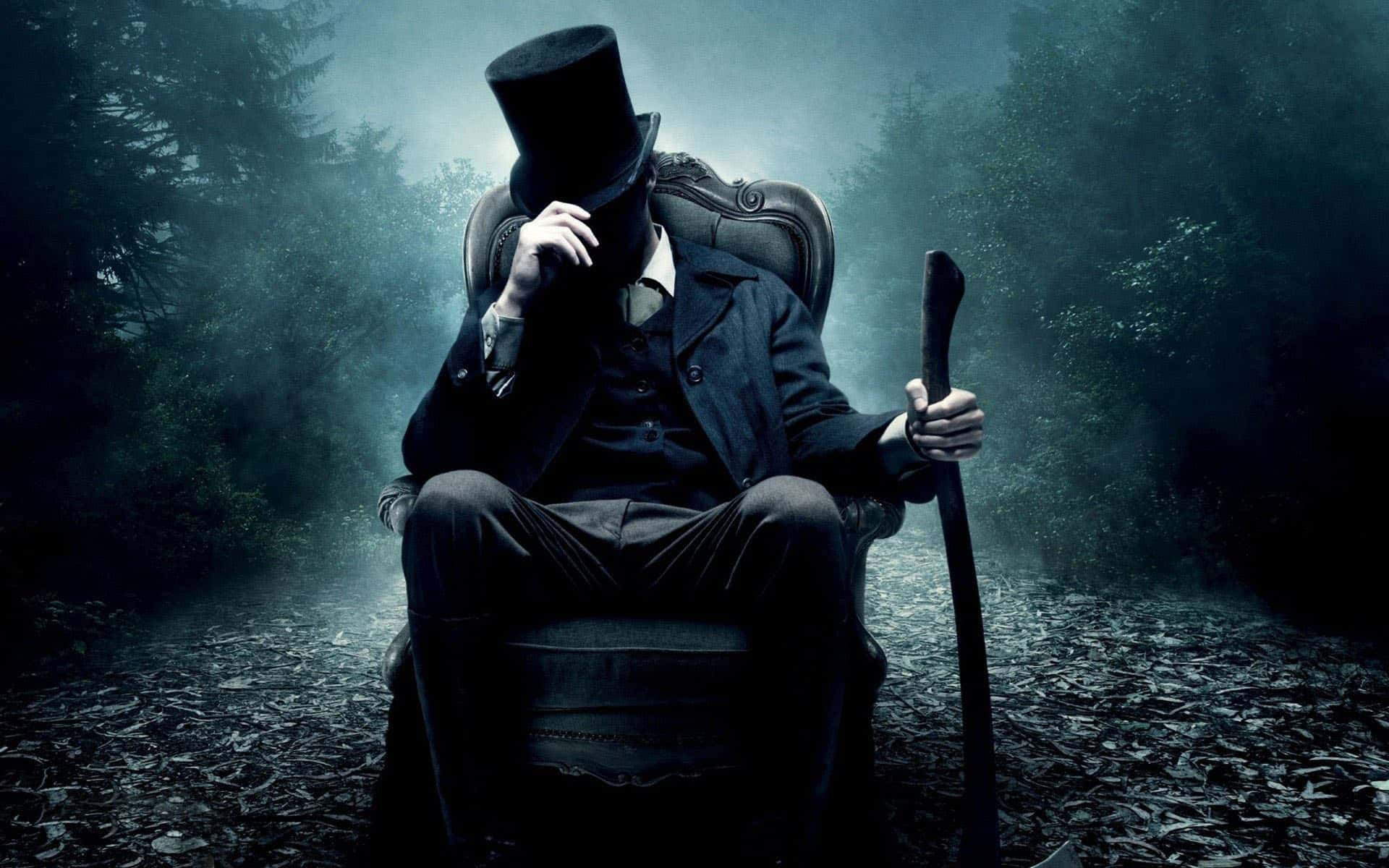
53. Thanks, Robert
Robert E. Lee’s Virginia estate, named Arlington House, was confiscated by the Union and turned into a cemetery during the war. The idea—supported by Lincoln--was that if Lee should ever return, he would “have to look at these graves and see the carnage that he had created.”
In 1877, George Washington Custis Lee sued the federal government for confiscating Arlington illegally, and the Supreme Court awarded the estate back to him. What did Robert’s son do with an estate littered with dead bodies? He sold it back to the federal government for $150,000.
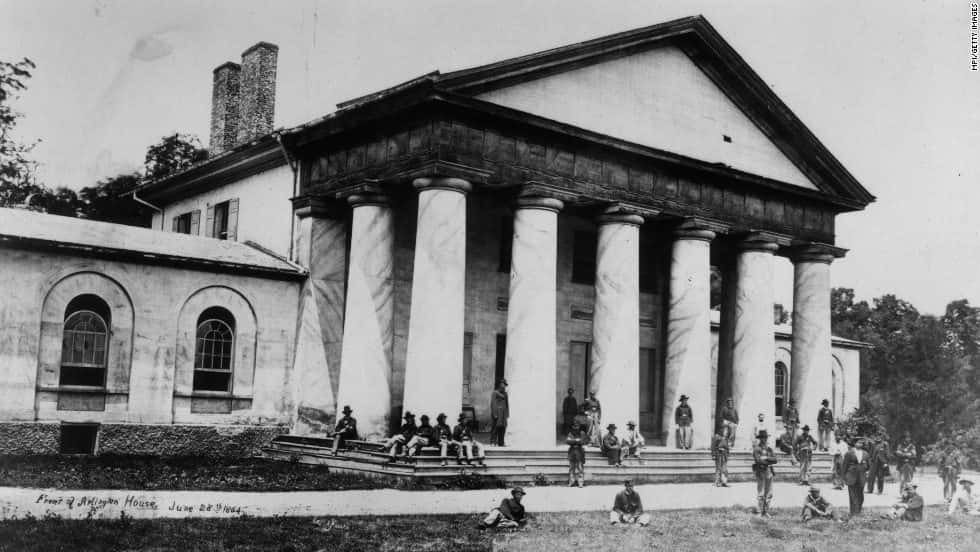
Union Soldiers at Arlington House.
52. Interesting Find
Abraham Lincoln died on April 15th, 1865. Found in his wallet was a Confederate $5 bill with the image of Confederate President Jefferson Davis on it. The bill perplexed historians, with some suggesting he may have acquired it as a souvenir as the Civil War was drawing to a close.
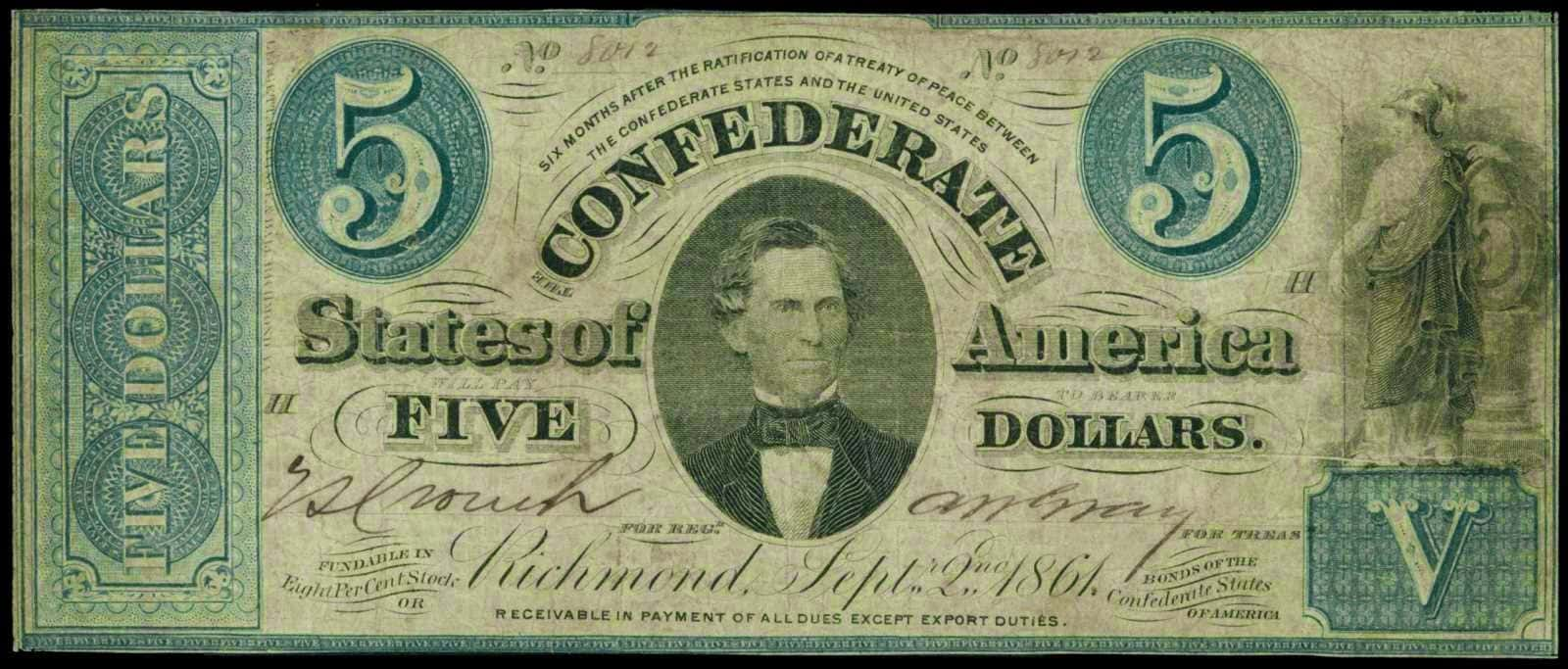
51. Hypochondriac
Confederate general Stonewall Jackson did not eat pepper because he felt it made his leg weak. He made sure to always stand upright, thinking it helped “naturally” align his organs. He would raise one arm when under fire so blood would flow down his body and re-establish his equilibrium.
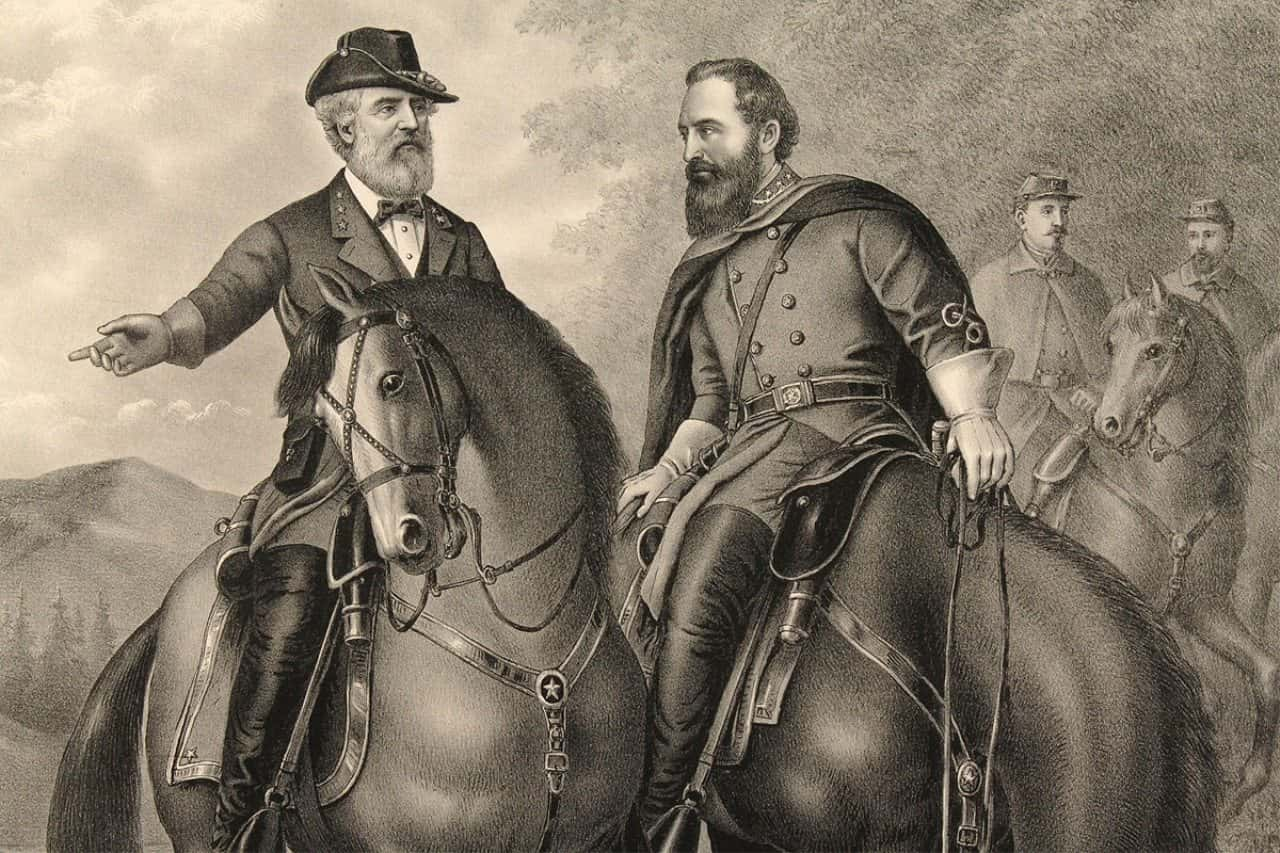
Robert E. Lee (left) and Stonewall Jackson (right).
50. Lucky Lincoln
Lincoln was almost killed two years before he was assassinated. Late one August evening in 1863, Lincoln rode alone by horse to his family’s summer residence. A private at the gate heard a shot ring out and, moments later, a bareheaded Lincoln clinging to his steed galloped into the yard.
Lincoln explained that gunfire at the foot of the hill had sent his horse into a frenzied gallop, running so fast that it knocked his hat off. Two soldiers retrieved Lincoln’s hat, which had a bullet hole in it. Lincoln asked the guards to keep the incident quiet because he didn’t want to worry his wife..
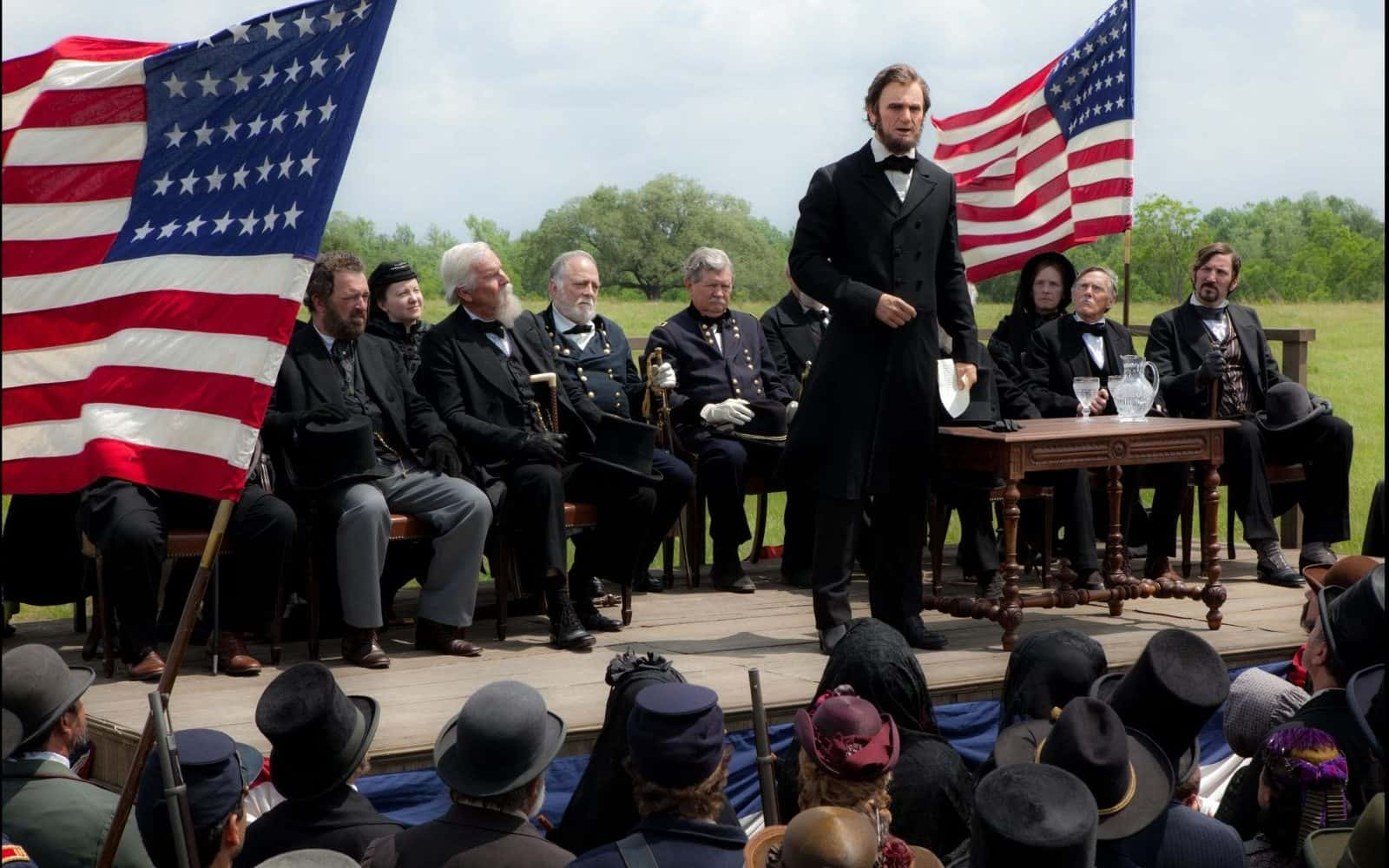
49. Outnumbered
At the start of the Civil War, 22 million people lived in the North and 9 million in the South. Though the United Sates had more food, factories, horses and railroads, the highly-skilled Confederates employed strong defensive measures.
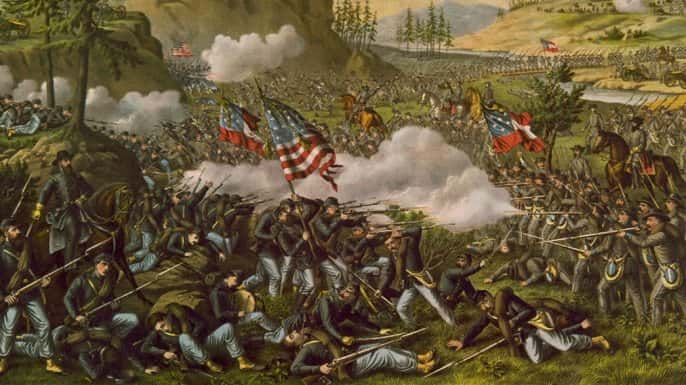
Battle of Antietam.
48. Turning Point
In the summer of 1863, Confederate General Robert E. Lee launched a risky invasion of the North near Gettysburg, Pennsylvania. Union Major General George Meade's Army of the Potomac defeated attacks by Confederate Gen. Robert E. Lee's Army of Northern Virginia, ending Lee's attempt to invade the North.
It was the bloodiest battle of the Civil War with nearly 52,000 killed.
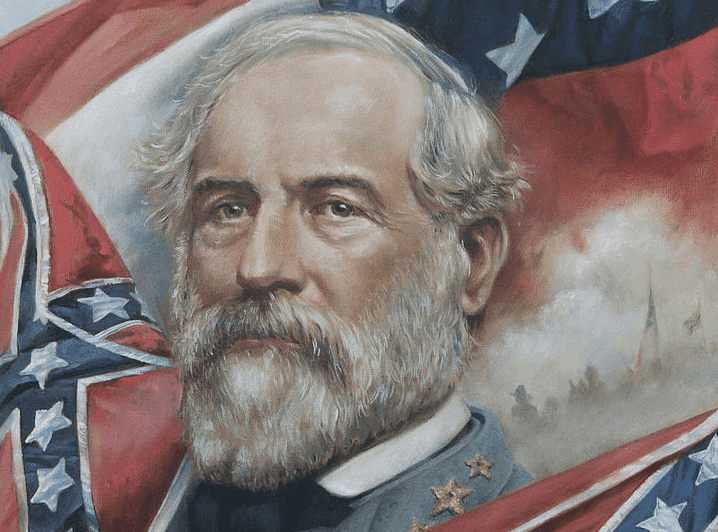

History's most fascinating stories and darkest secrets, delivered to your inbox daily.
47. Jail Time
Following the war, 2 out of 3 men sent to prison in the North were Civil War veterans.
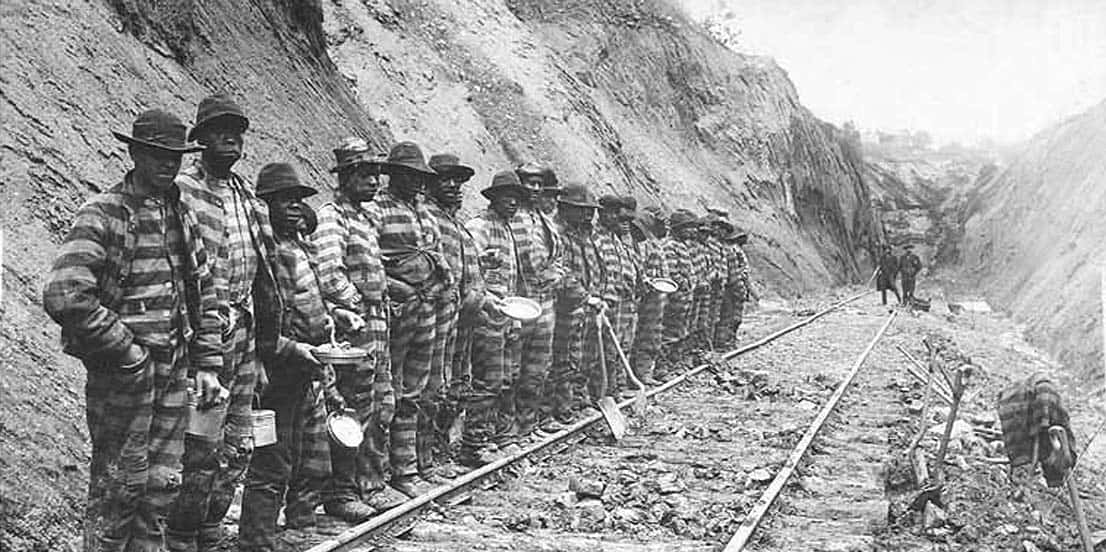
46. Prime Candidate
Ulysses S. Grant, Rutherford B. Hayes, William McKinley, James Garfield, Benjamin, Chester A. Arthur and Andrew Johnson all became future U.S. Presidents after serving in the Civil War.
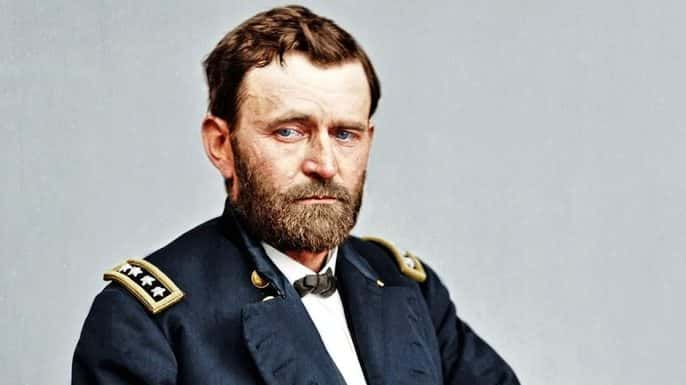
Ulysses S. Grant.
45. Age Gap
The youngest active soldier to fight in the Civil War was an 11-year-old boy from Mississippi. An 80-year-old man from Iowa was the oldest.
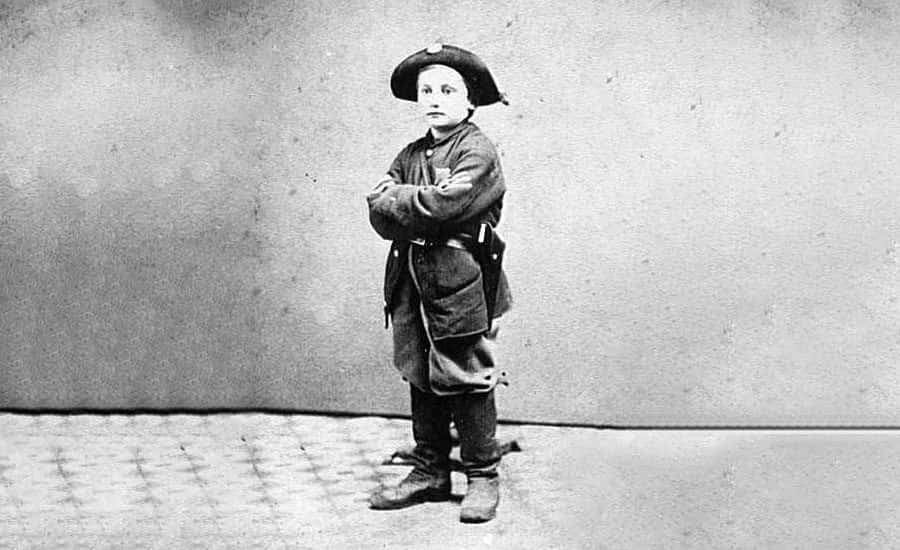
45. All Hands On Deck
There were over 10, 000 soldiers fighting in the Civil War that were under the age of 18.
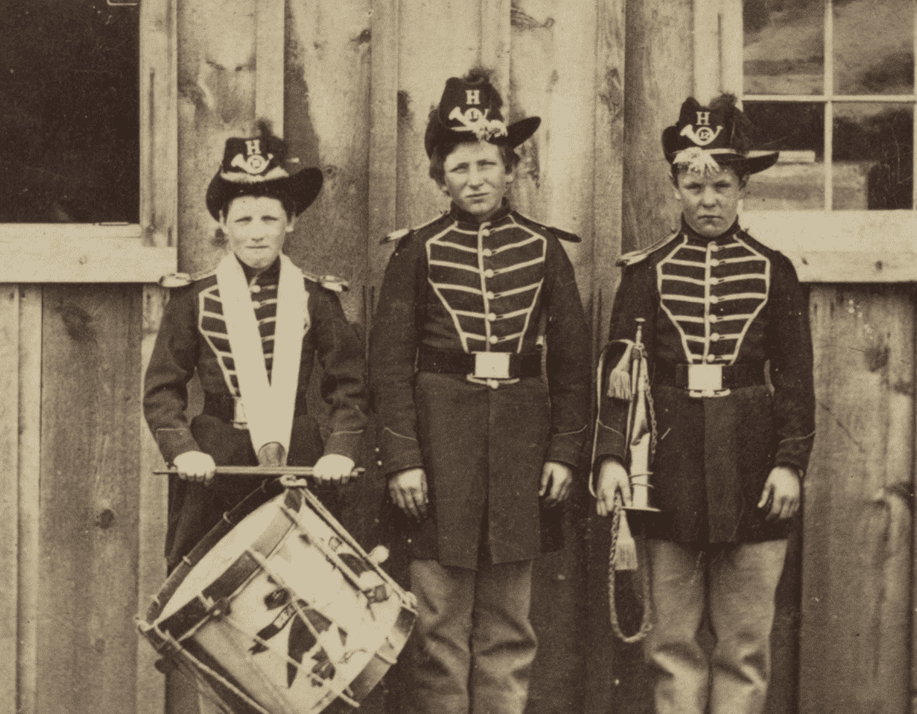
44. Fair Pay or No Pay!
Black Union soldiers refused their salaries for 18 months to protest being paid lower wages than white soldiers. All things considered, the highest-paid black soldier earned about half the lowest-paid white soldier’s salary. Pressure from government officials and military personnel—who heralded the bravery shown by black Union soldiers—eventually forced the government to address the pay gap.
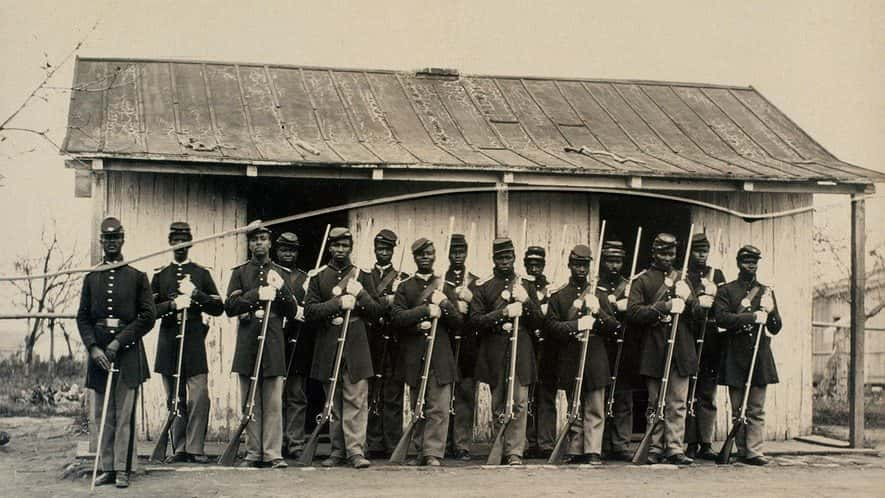
43. Freedom
Harriet Tubman led a raid to free slaves during the Civil War. In 1863, Tubman and Union Colonel James Montgomery stormed into the Confederate interior with 300 black Union soldiers. They swept through nearby plantations, burning homes and barns. Slave men, women and children came streaming from the countryside, and more than 720 slaves were shuttled to freedom.
This was the first raid led by a woman during the Civil War, and Tubman liberated 10 times the number of slaves she had freed in 10 years on the Underground Railroad.
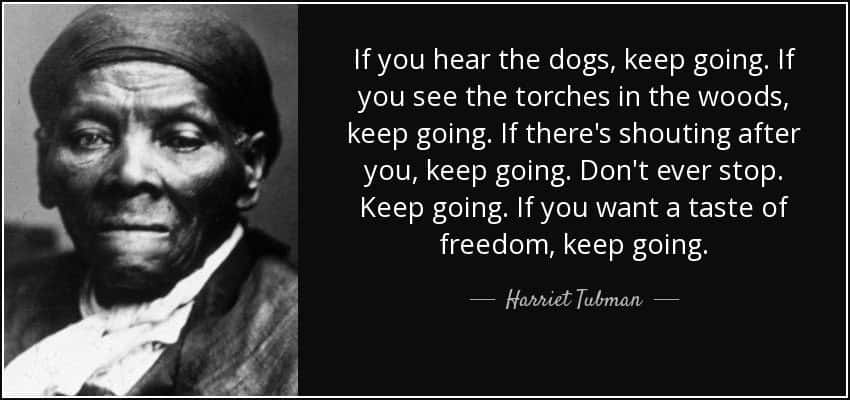
42. One for All
One-third of the soldiers who fought in the Union Army were immigrants, and nearly one in ten were African Americans.
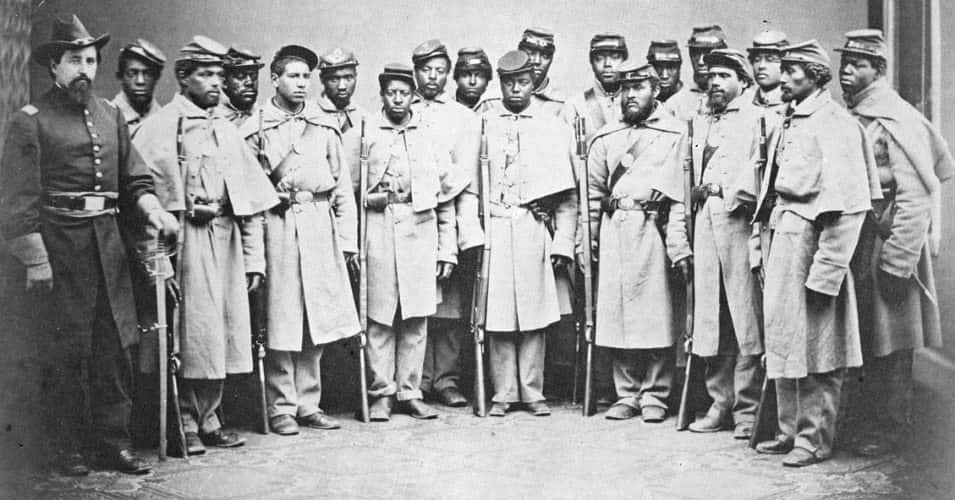
41. I Can’t Stand You
In the 20 years following the Civil War, Americas national divorce rate rose 150%.
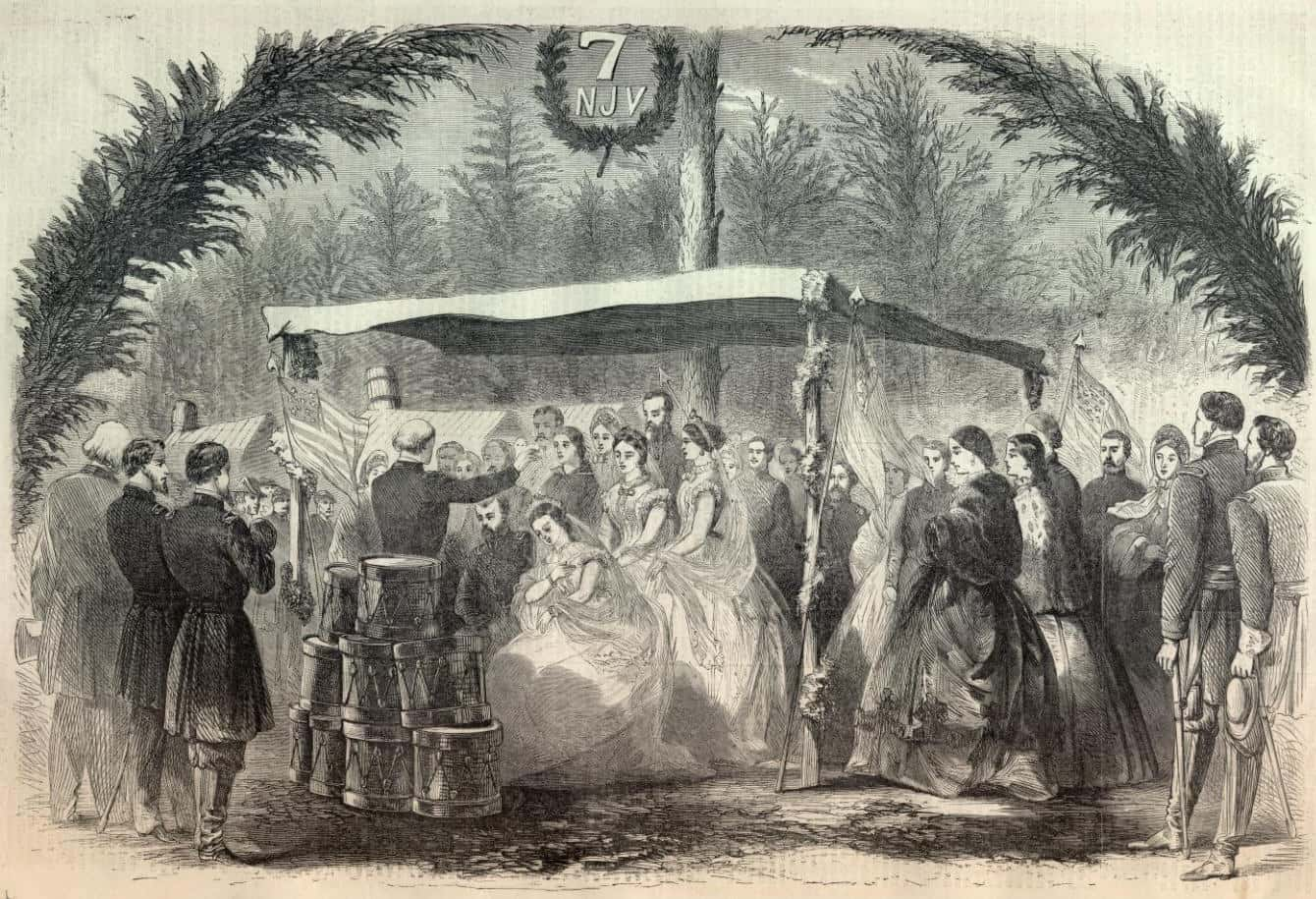
Civil War Wedding.
40. Insane in the Membrane
William Tecumseh Sherman was demoted for insanity prior to becoming a great Union general. In October 1861, Sherman informed the United States Secretary of War Cameron that he needed 60,000 men to defend his territory and 200,000 to go on the offensive. Cameron called Sherman’s request “insane” and removed him from command.
In a letter to his brother, Sherman wrote, “I do think I should have committed suicide were it not for my children. I do not think that I can again be trusted with command.”
In February 1862, Sherman was reassigned under Ulysses S. Grant, who saw competence in the disgraced general. Later in the war, a civilian badmouthed Grant, and Sherman rushed to Grant’s defence. “General Grant is a great general. He stood by me when I was crazy, and I stood by him when he was drunk; and now, sir, we stand by each other always.”
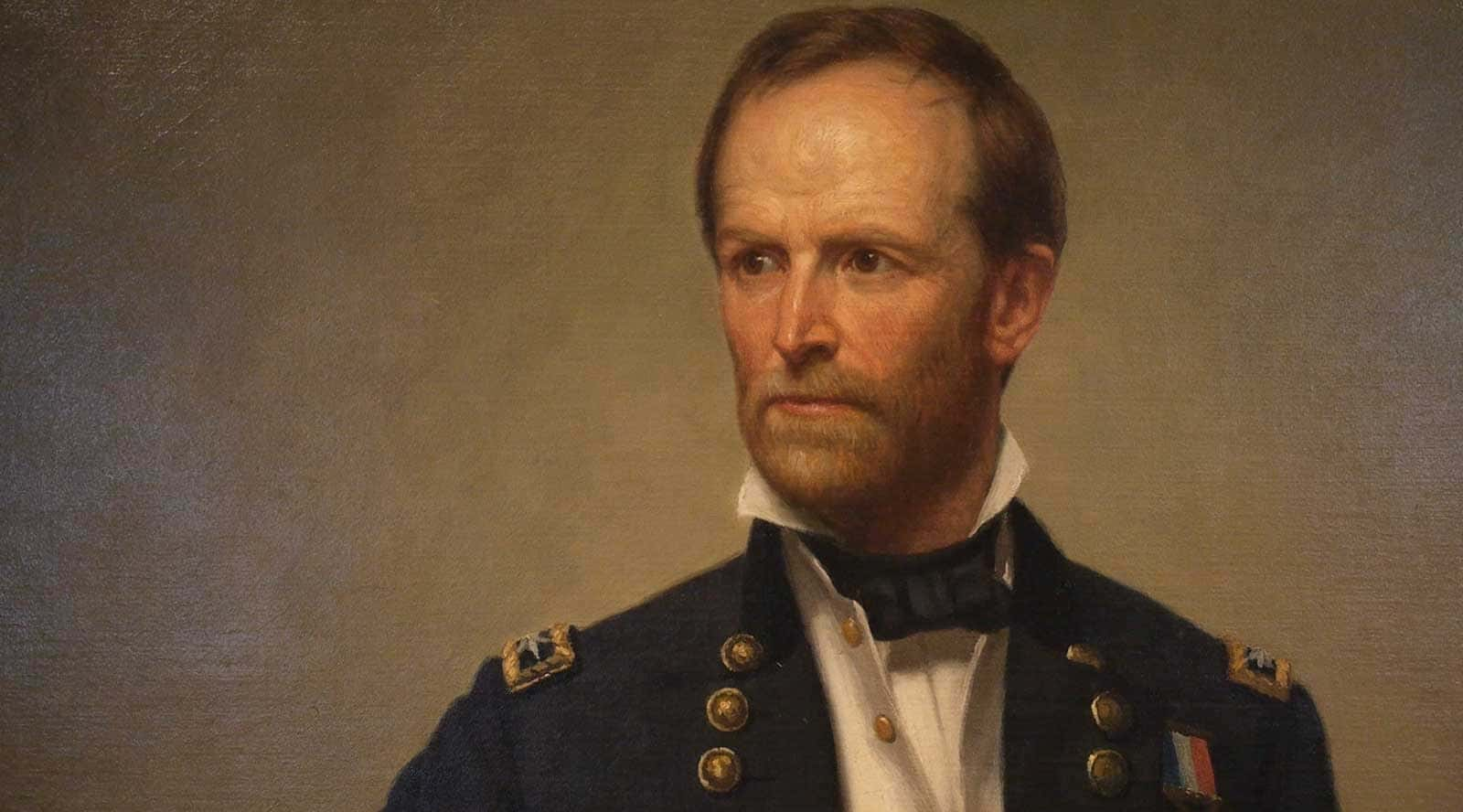
39. Blood on Your Hands
General Ulysses S. Grant was called a “butcher” for the horrific losses sustained by his troops during the Overland Campaign in 1864—twice the number of casualties as Lee’s army. However, if casualties are counted proportionally, Lee’s army suffered the most throughout the war.
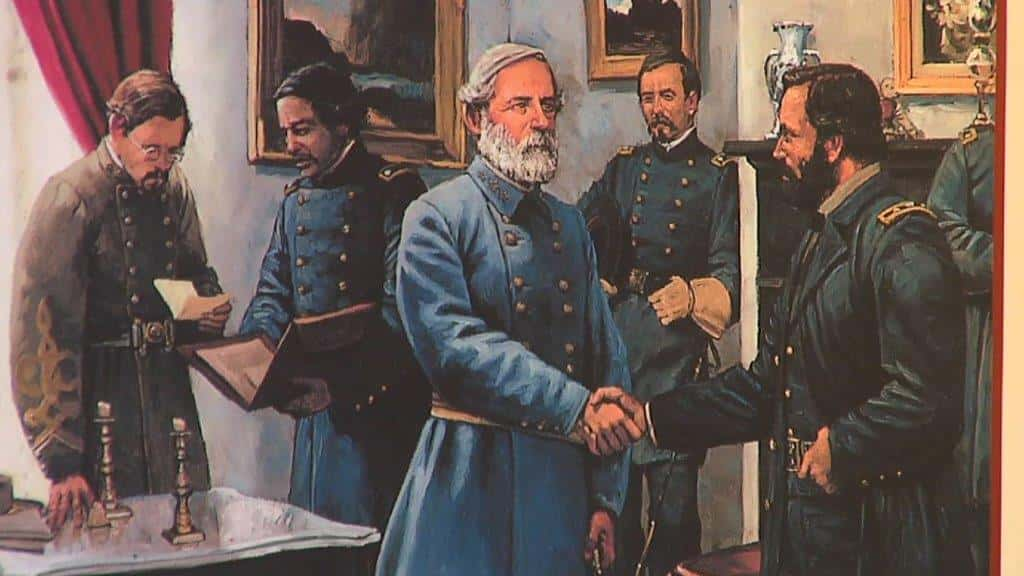
38. Fluke
The Union General and Confederate President both shared the same name: Jefferson Davis.
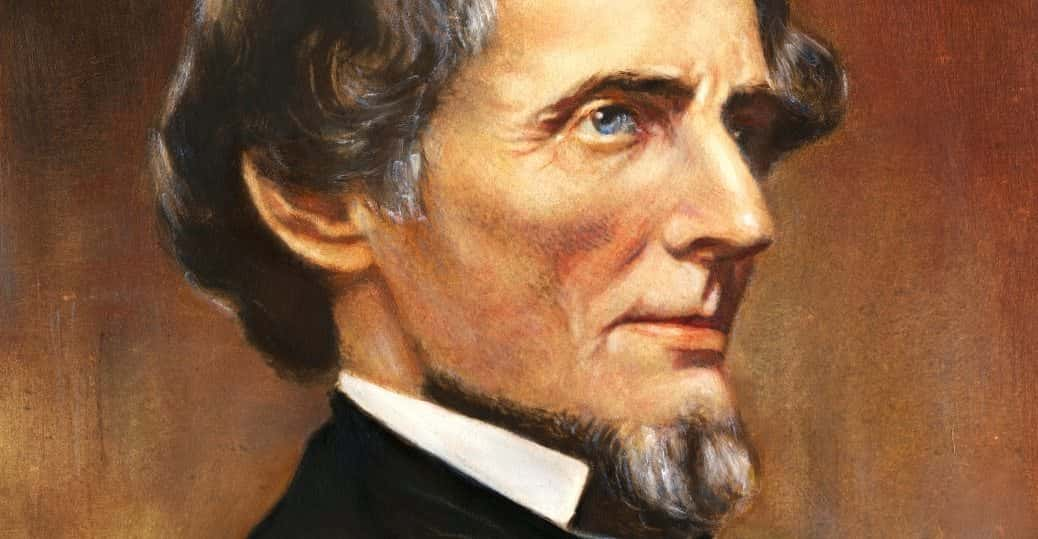
Jefferson Davis… Confederate President.
37. They Weren’t Lying
One night during the Battle of Chickamauga in 1863, an unidentified group of men approached a Union camp. When asked, “What troops are you?” by a Union soldier, the shadowy figures replied “Jeff Davis’s Troops.” This was true, but they were Confederates fighting for the opposing force.
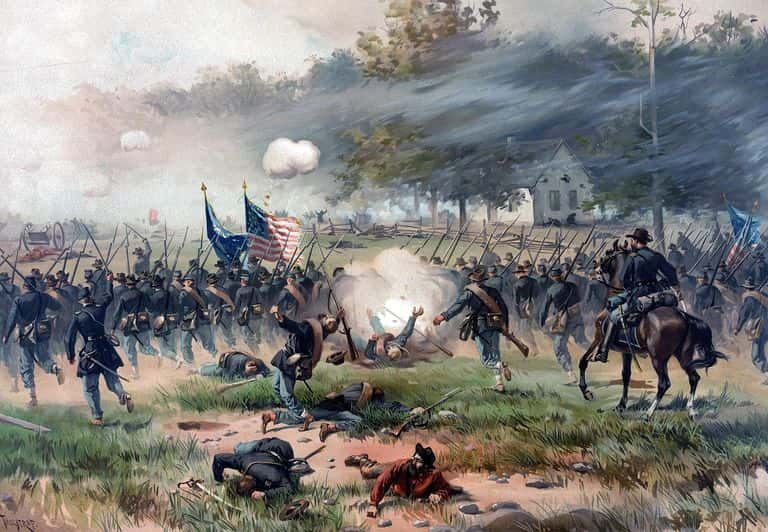
Artistic Depiction of the Battle of Chickamauga.
36. Charge!
Privates weren’t cannon fodder during the Civil War—generals were. Many top officers literally led their troops into battle, something that very rarely occurs in modern wars. Generals were 50% more likely to die in combat than Privates.
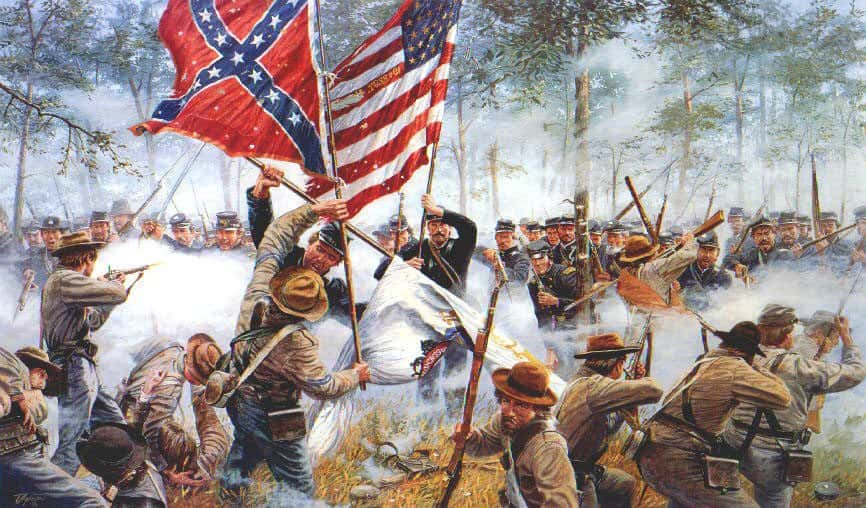
35. Joined at the Sternum
Two Siam natives, Chang and Eng Bunker, were twins joined at the sternum. In 1839, they bought 110 acres in the Blue Ridge Mountains of North Carolina and settled down.
In 1865, Union General George Stoneman raided North Carolina and drafted locals using a lottery wheel. Eng’s name was drawn. Unfortunately for Stoneman, Chang’s name was not drawn, and there was little General Stoneman could do: the brothers were not only joined at the sternum, their livers were fused. Neither twin served in the war.
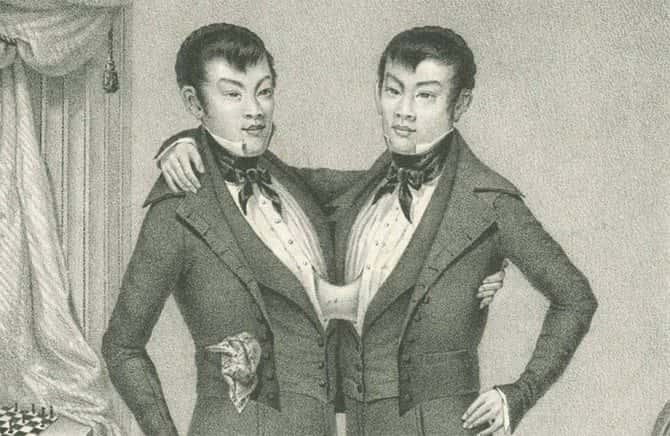
Artistic Depiction of Chang and Eng Bunker.
34. Secure the Package
In 2009, a woman walked into the Museum of the Confederacy in Richmond, Virginia. She had an acorn-shaped object in hand that was made of brass and had no inscriptions or markings. She said that one of her Confederate soldier ancestors used the device to smuggle secret messages, hiding it in his posterior until he reached his destination.
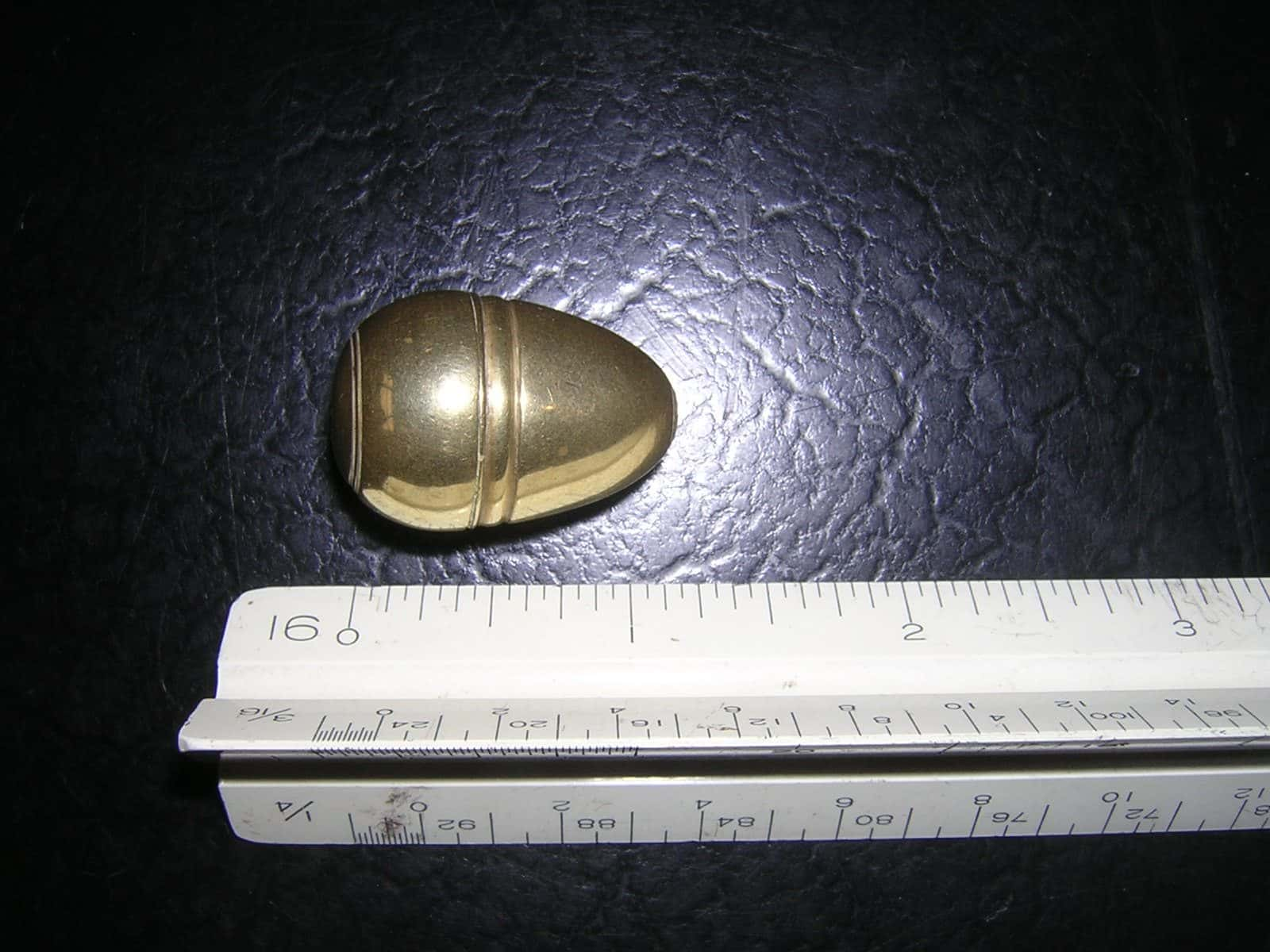
33. In Solemn Memory
Wartime convention decreed that a woman should mourn her child’s death for one year, a brother’s death for six months, and a husband’s death for two and a half years.
Flora Stuart, the widow of Confederate General J.E.B. Stuart, mourned for 59 years after the 1864 death of her husband, wearing black until the day she died in 1923.
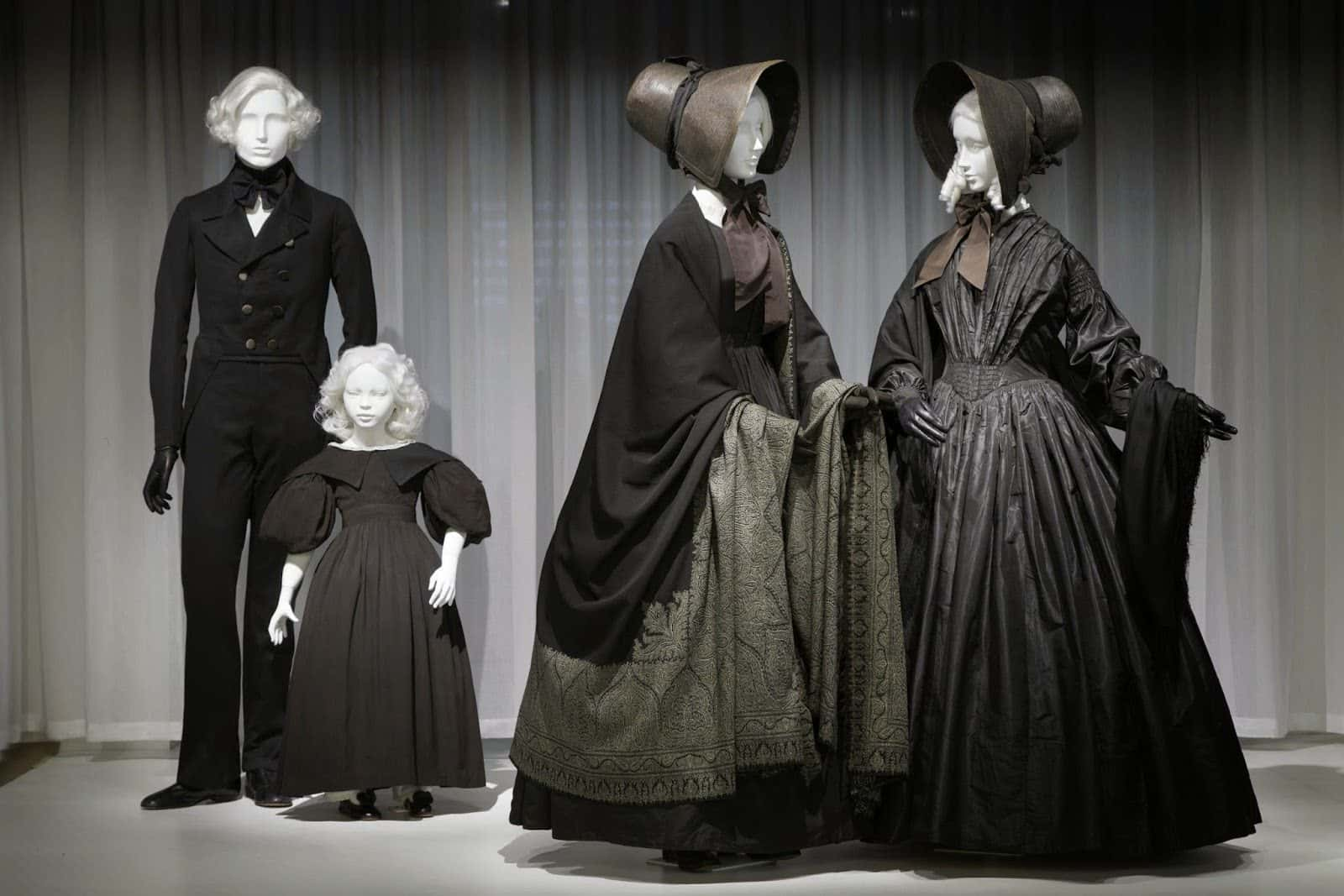
19th Century Mourning Attire.
32. Too Rich to Fight
If you were drafted during the American Civil War, you could pay someone $300 to fight in your place.
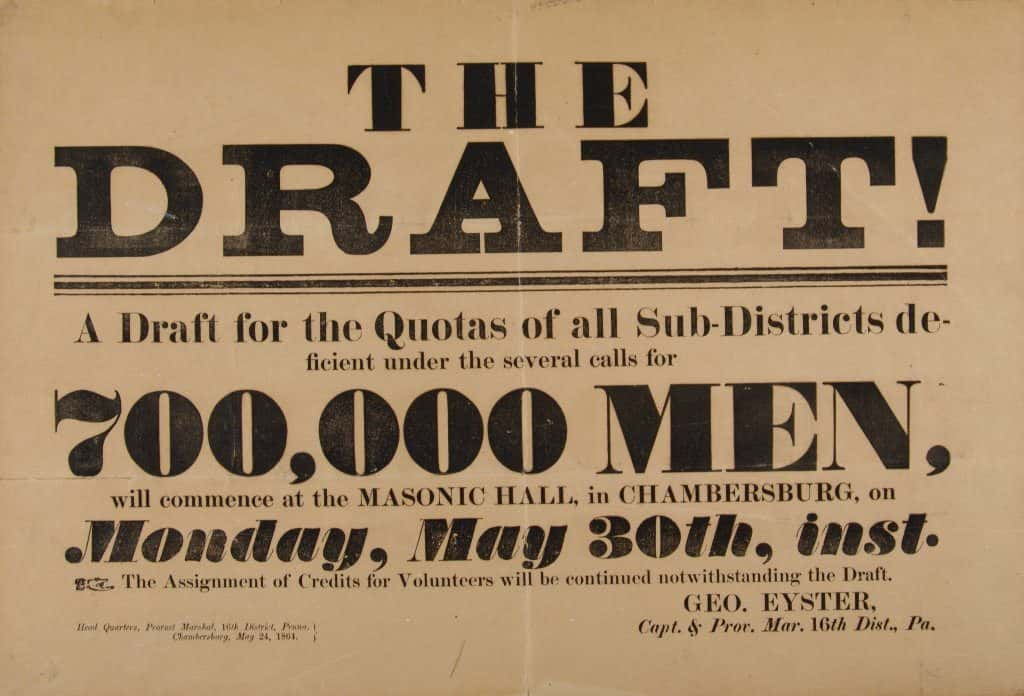
31. Nice Sideburns, Sir.
Sideburns are named after an American Civil War General: General Burnside.
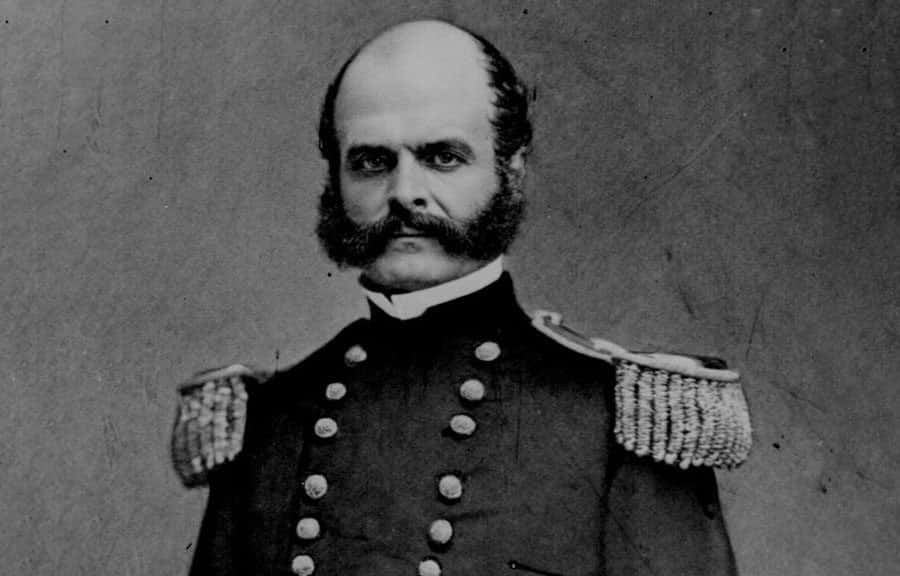
30. Shooting the Poop
An American Civil War code of honor forbade soldiers from shooting at men while they were pooping.
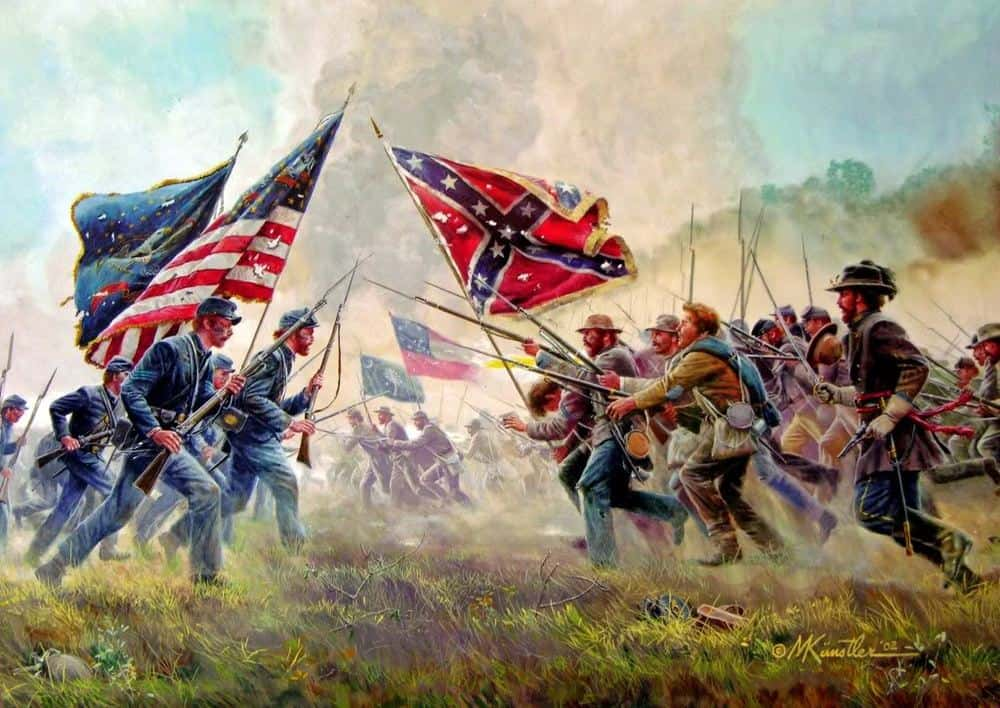
29. Cross-Dressed Soldiers
More than 600 women dressed as men to fight in the American Civil War.
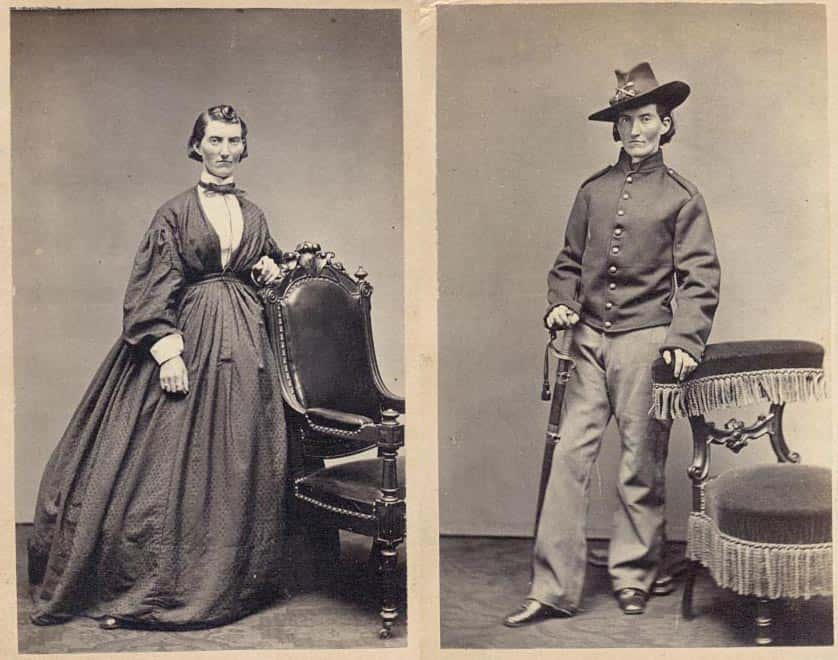
28. Brothers at Arms
Thomas and George Crittenden were brothers who were generals during the American Civil War. One brother fought for the North and the other for the South.
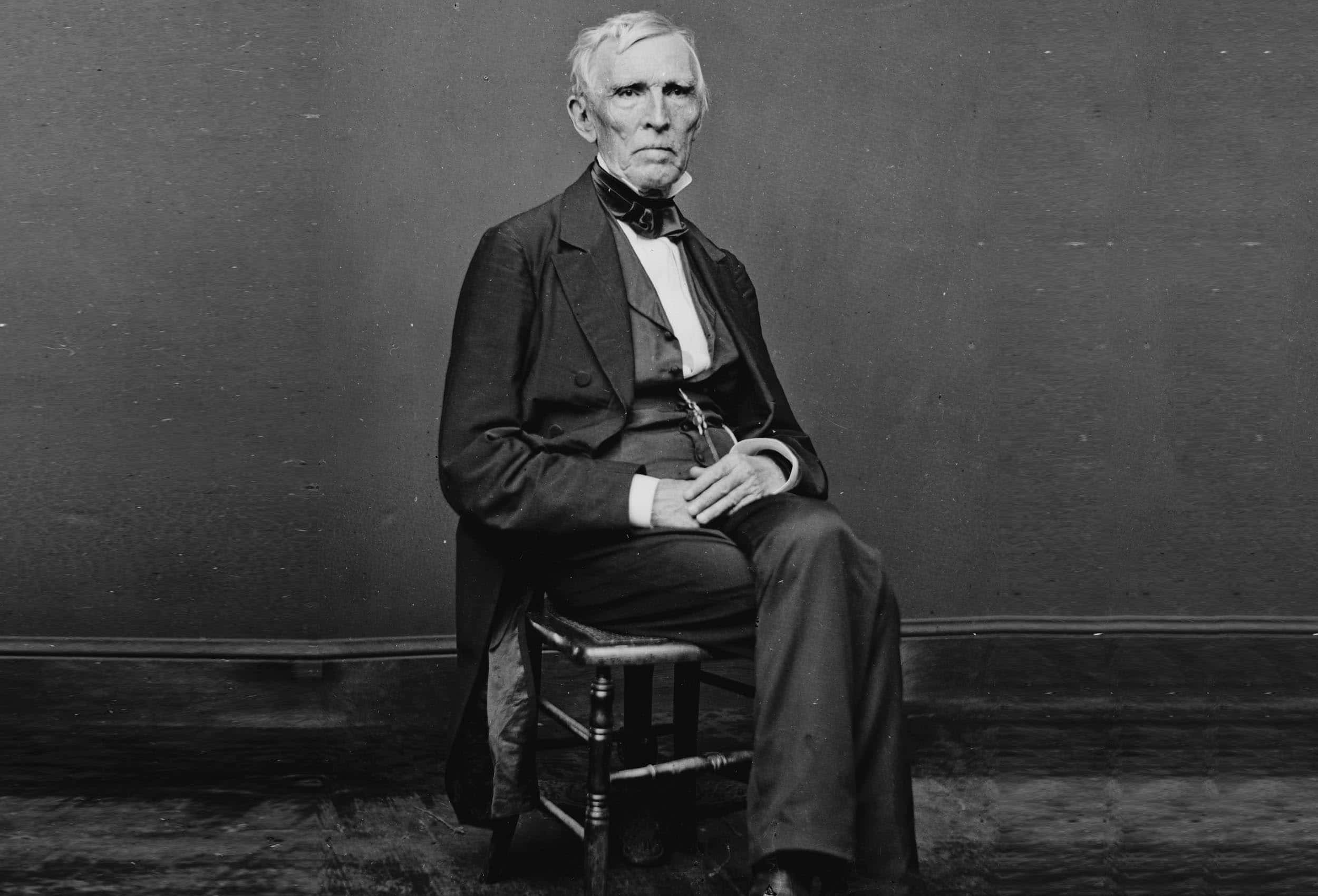
John J. Crittenden, father of Thomas and George Crittenden.
27. Now and Then
There are more black men in prison today than there were black male slaves before the American Civil War.
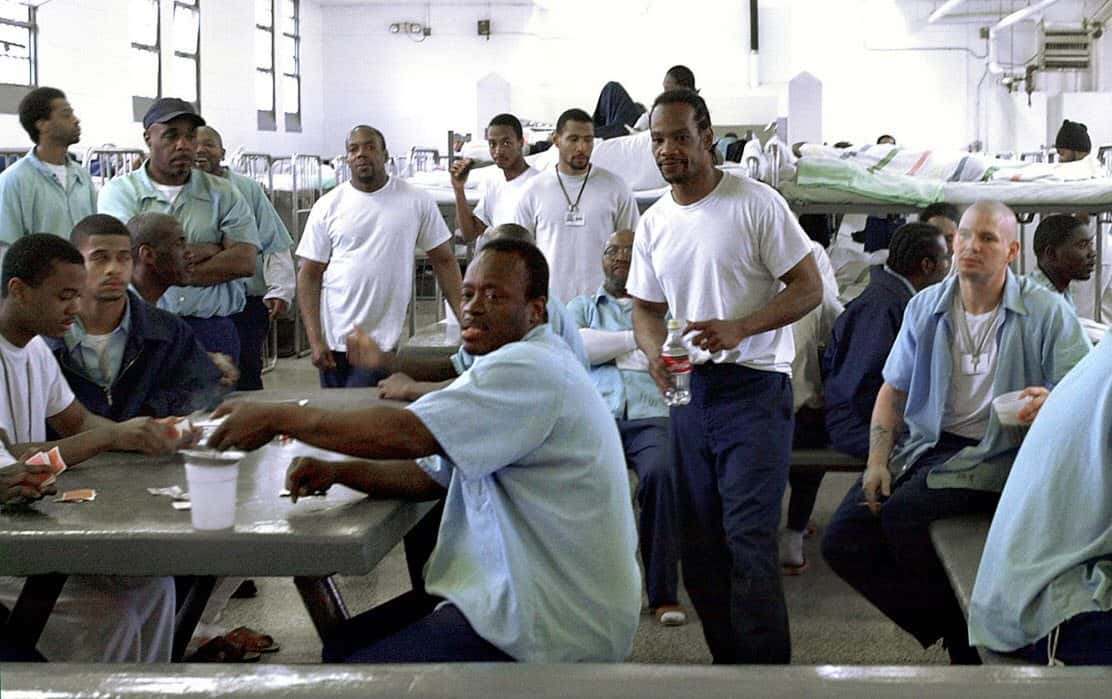
26. The Odds
The chance of surviving the Civil War for soldiers was about 1 in 4.
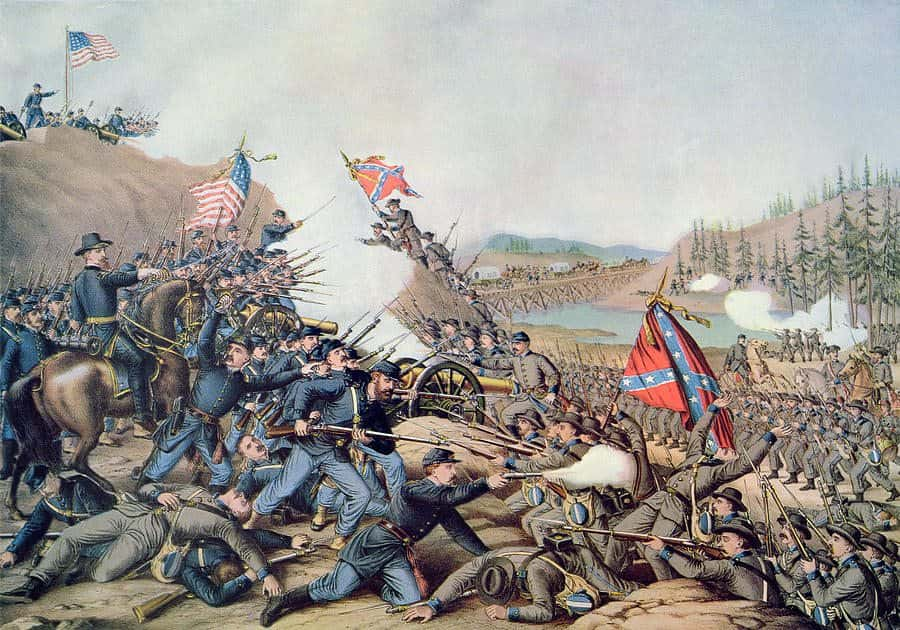
25. Memorial Day
In 1865, after the Civil War, freed slaves held a funeral for the Union soldiers who helped liberate them. This marked the first Memorial Day.
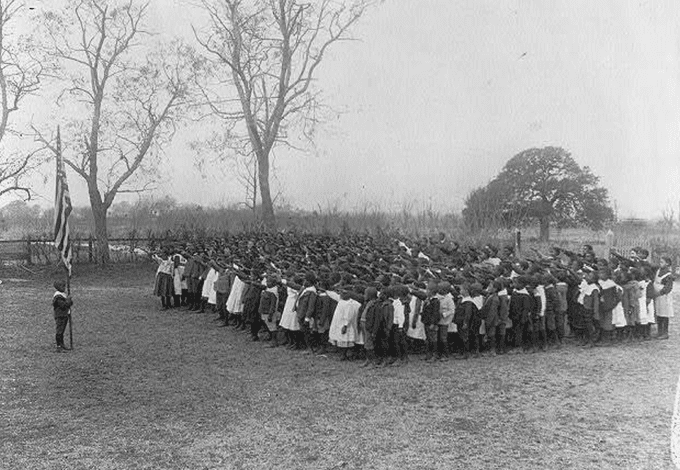
24. Peep Show
Two observation towers were built near a Civil War prison camp called Elmira. Citizens were charged 15 cents to look at inmates with available concession stands that offered lemonade, cakes and peanuts.
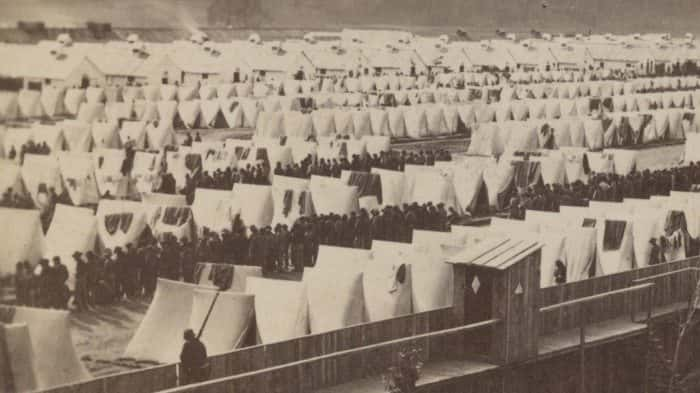
Elmira Prison Camp.
23. What’s That Smell?
The 1 million horses used in the Civil War would produce enough urine in one day to fill more than 12 standard sized swimming pools.
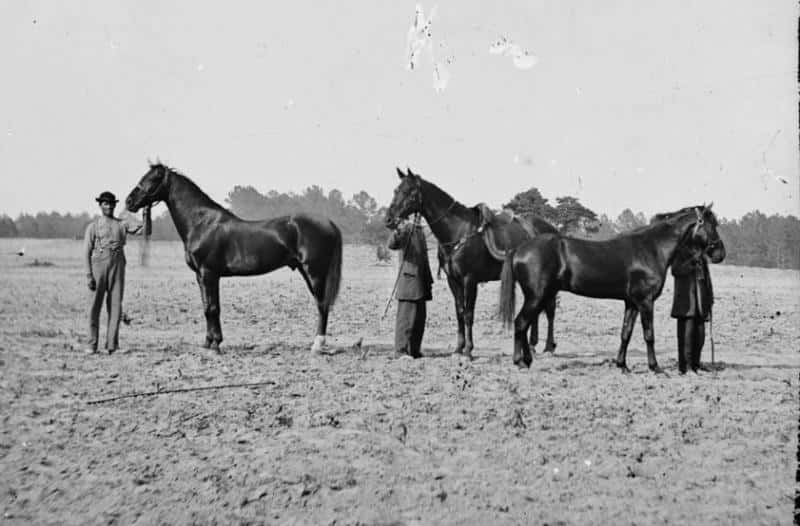
22. Animal Hospital
The average life expectancy of drafted horses and other animals during the Civil War was around 7 months.
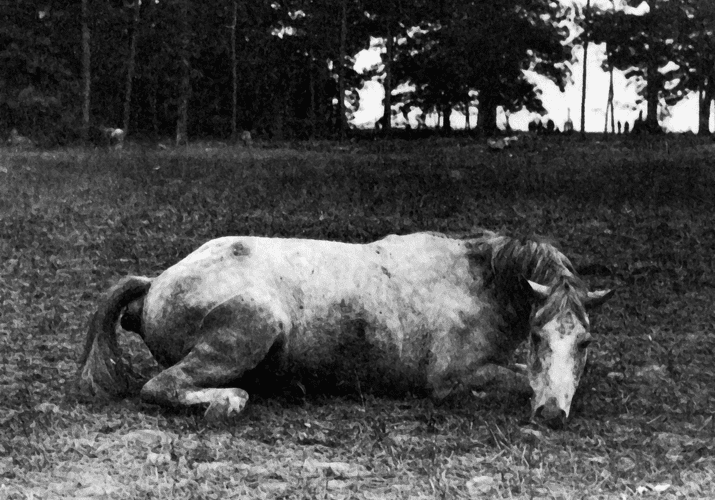
21. That’s Crappy
Diarrhea was the deadliest disease to plague soldiers of the Civil War. More soldiers died of diarrhea than in battle with around 1 in 40 cases being fatal.
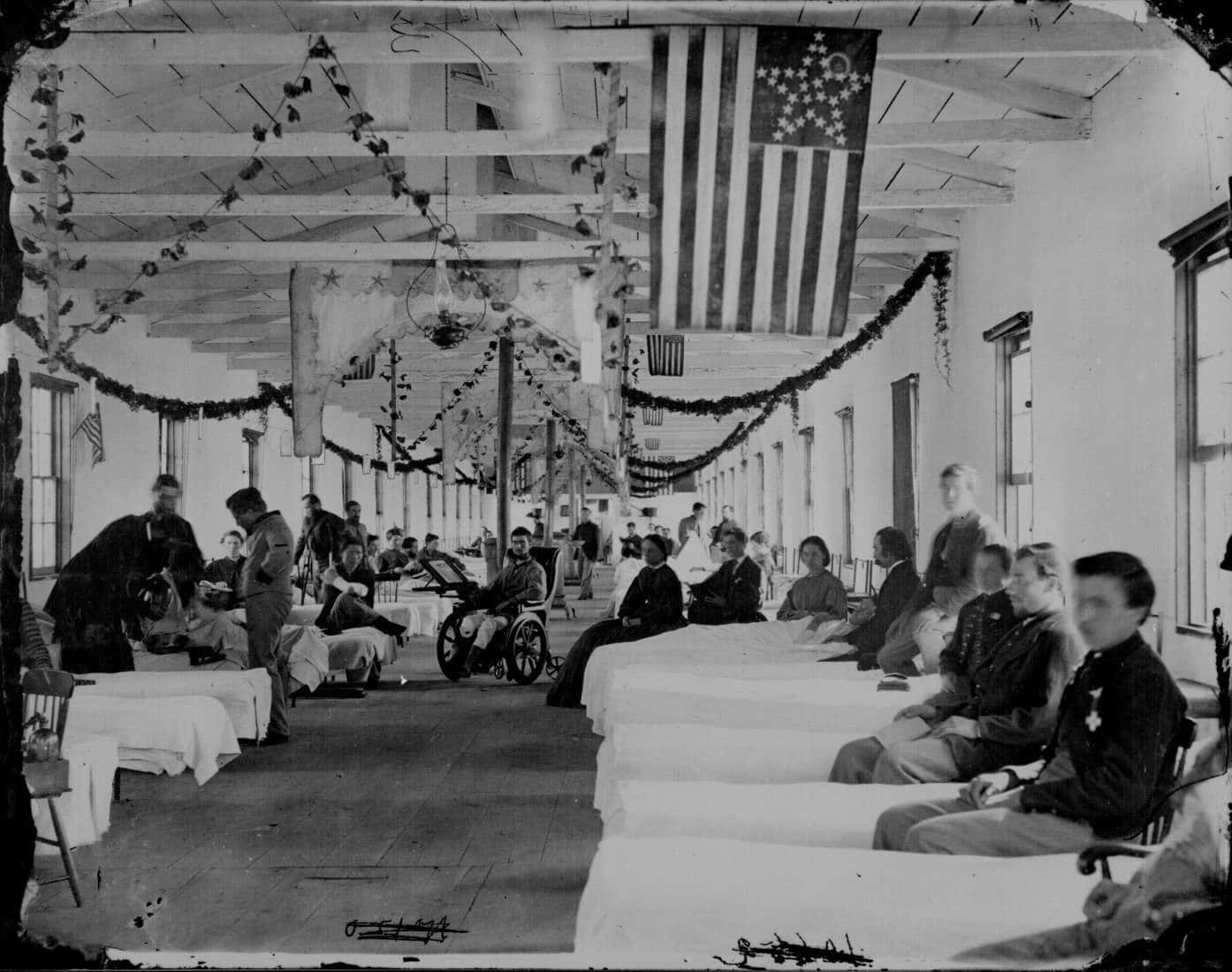
20. Laundry Day
Because clothes were in short supply during the war, soldiers from both sides would commonly wear enemy colours and get fired at by mistake.
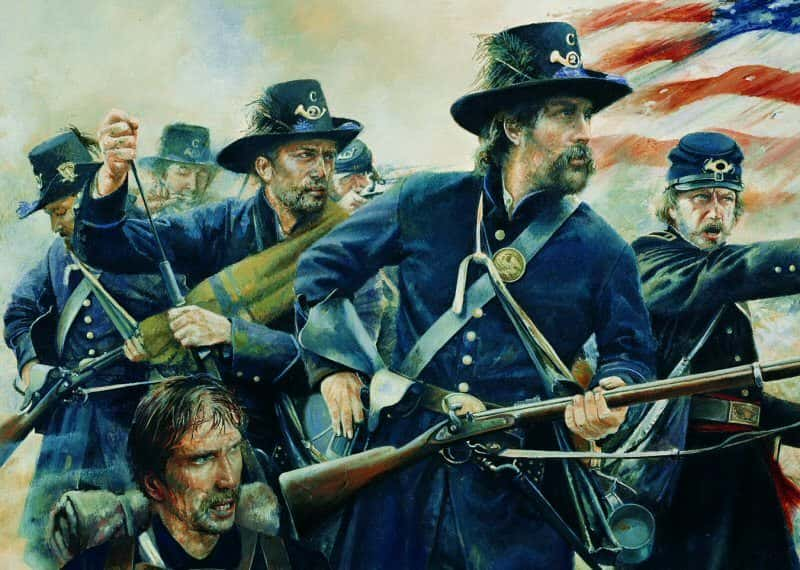
19. Worthless
Inflation rose by 100% in the North over the four-year war period. In the South, inflation rose by 100% year-over-year. By the time the war ended, it took 1,200 Confederate dollars to buy 1 U.S. dollar.
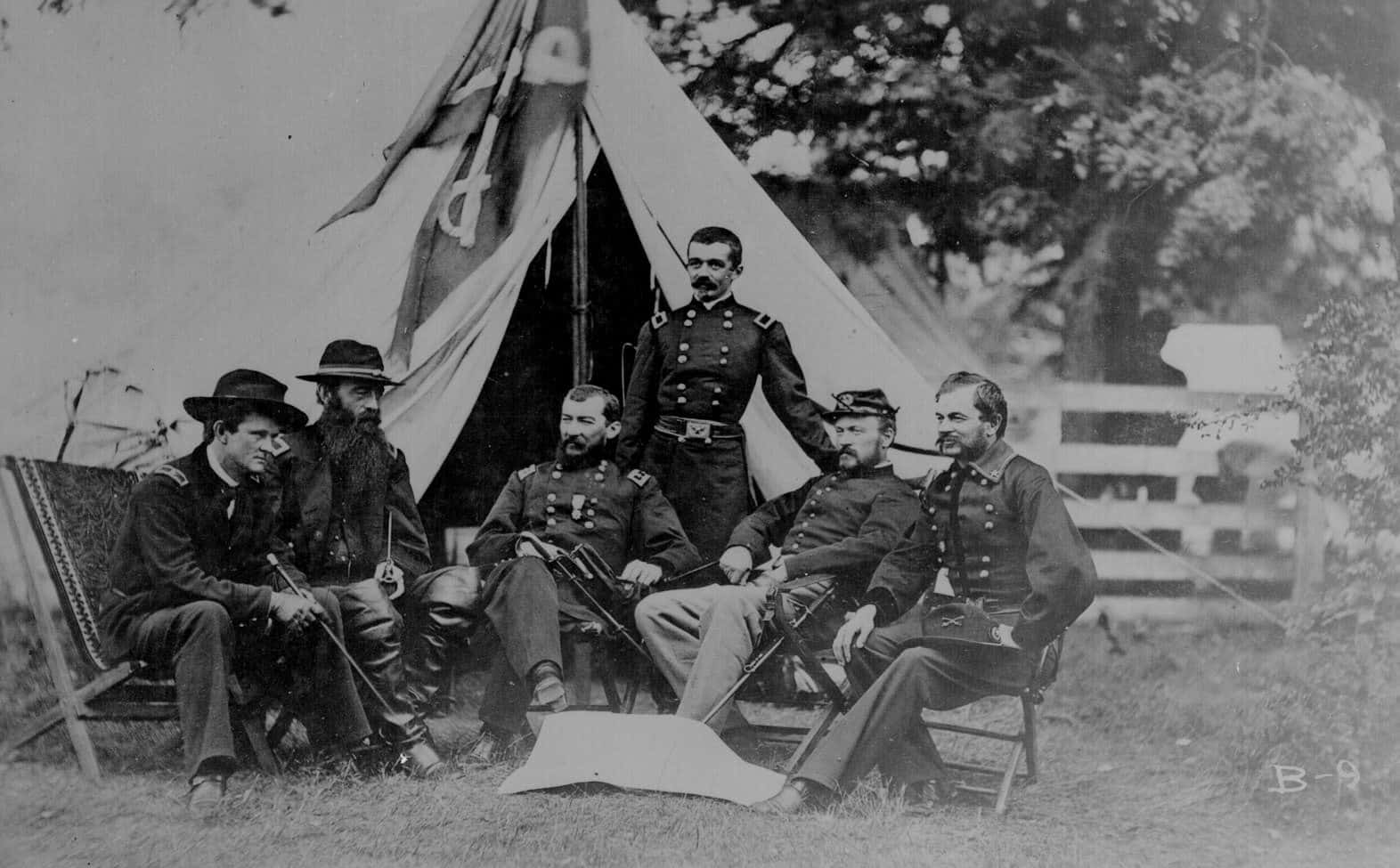
18. Counterfeit
The Union copied Confederate currency in large amounts and distributed it in the south to create mass inflation.
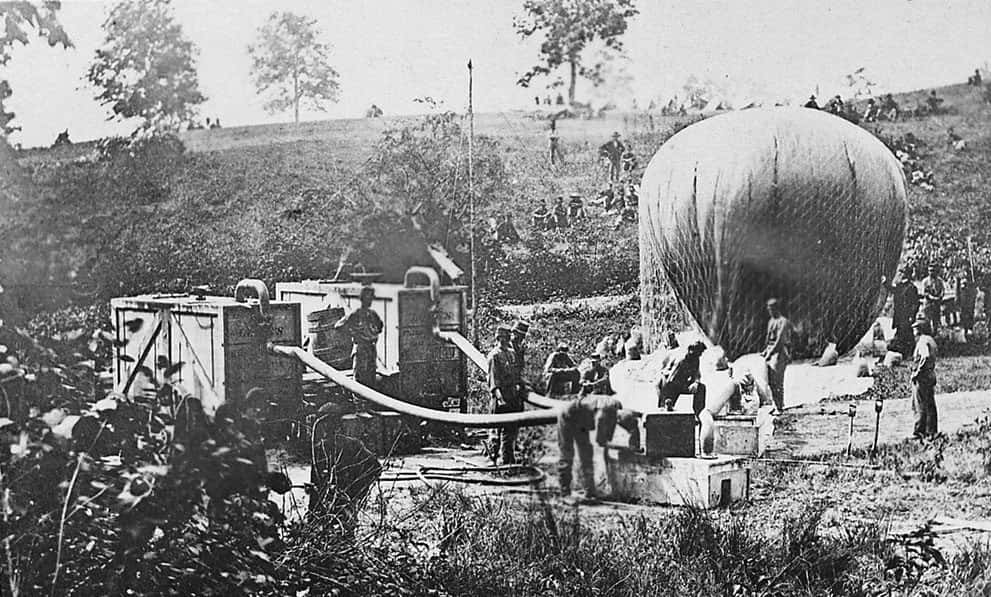
Civil War Aerial Reconnaissance… probably pretty expensive given all the inflation.
17. Oh Canada
An estimated 85,0000 Union men fled to Canada. Roughly 76,000 of them were caught and returned to duty.

16. For A Cause
More than half of the 200,000 African Americans who enlisted in the Union Army were runaway slaves. There were more African Americans in the Union Army than the entire Confederate Army combined by the final months of the war.
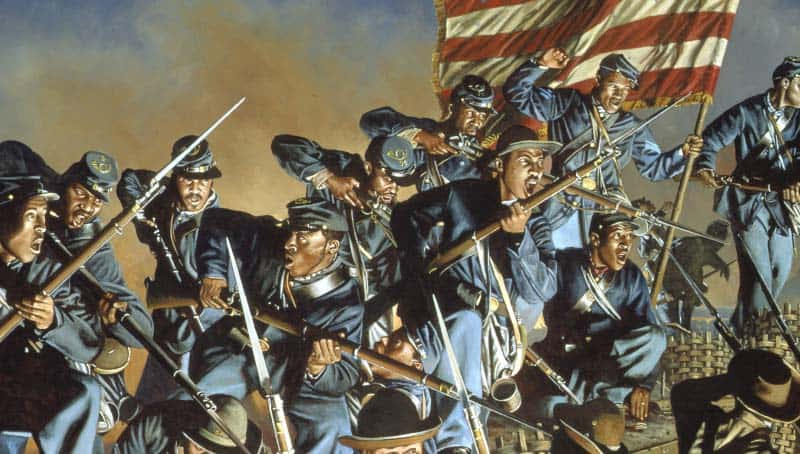
15. Immovable Object
Confederate General Thomas J. “Stonewall” Jackson got his nickname during the first battle of Bull Run. Soldiers stated he stood “like a stone wall” in the midst of battle. He was accidentally shot and killed by his own men.
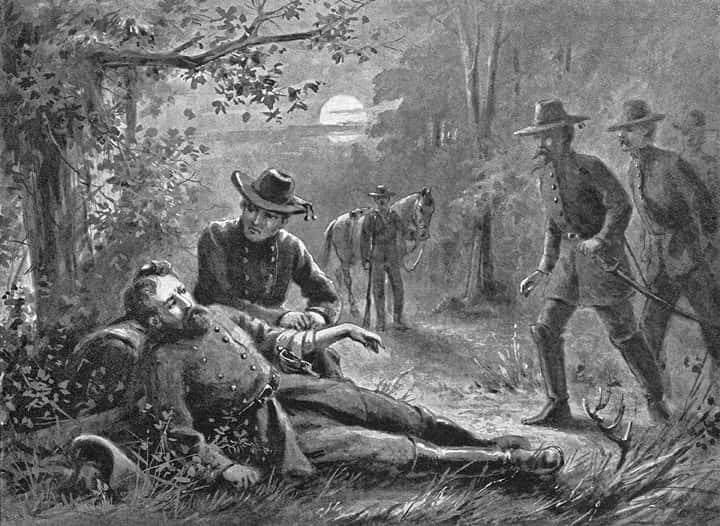
14. Seen It All
Albert Woolson, the last living Civil War veteran, lived to see the start of the civil rights movement. He died in 1956.
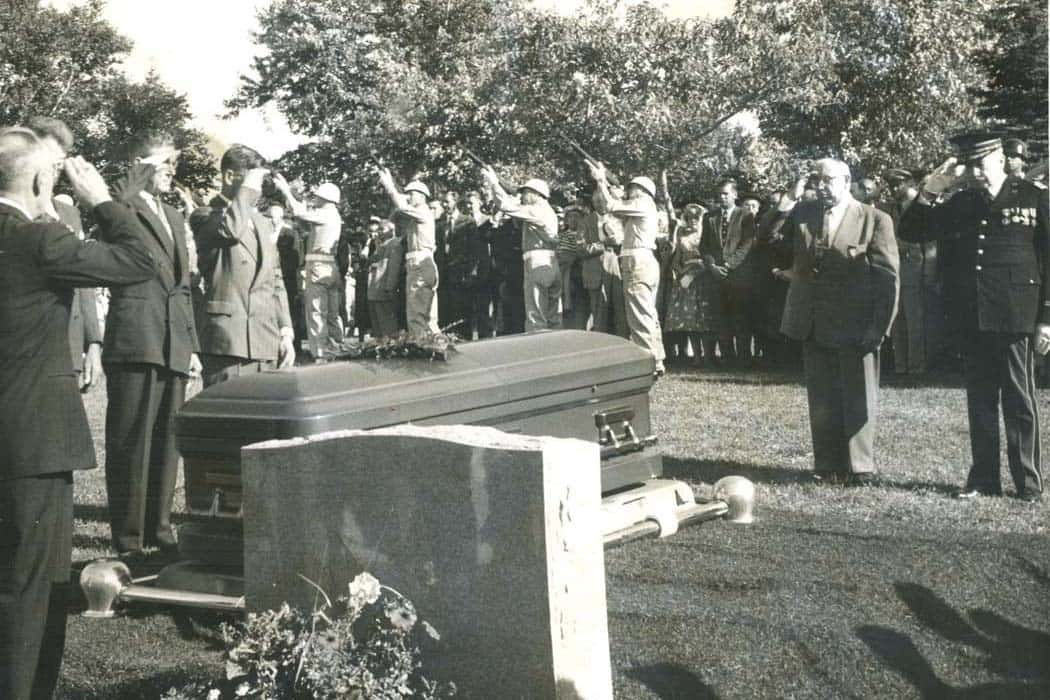
Albert Woolson's funeral.
13. I’ll Take That
A slave boarded and took over a Confederate ship in 1861, then delivered it to the Union. He was then given the ship to command.
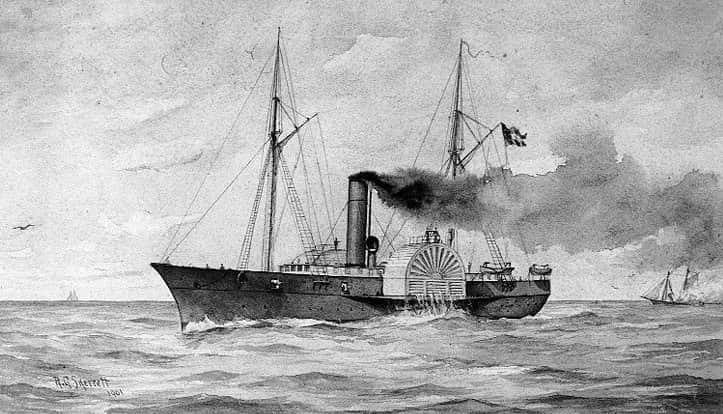
12. Alma Mater
The University of Mississippi saw almost its entire student populace join the Confederate Army. They experienced a 100% casualty rate.

The University of Mississippi, Present Day.
11. Round 1, Fight!
There was a moment during a Civil War battle where both armies stopped combat to watch a fist fight between two opposing soldiers.
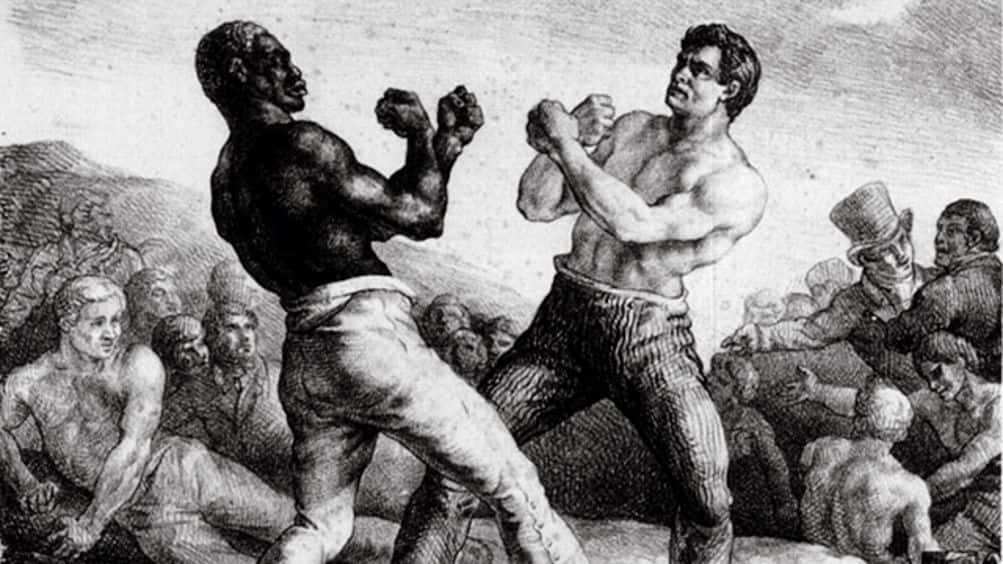
10. All I Want For Christmas
It was required for soldiers to have opposing front teeth so they could open gunpowder pouches. Some of those drafted into war removed their front teeth to avoid service.
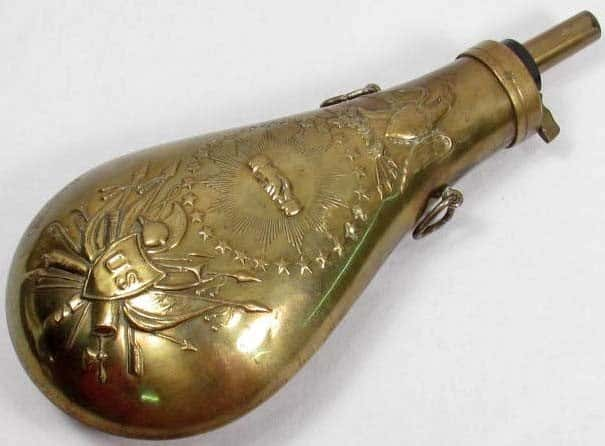
Gunpowder Pouch.
9. And… Cut.
Amputation was the most common treatment for broken or severely wounded limbs. There were too many wounded men for doctors to do time-consuming procedures like removing part of a broken bone or mending damaged flesh. More than half of leg amputations at the thigh or knee ended up being fatal. 83% of amputations were fatal if the amputation was done at the hip joint.
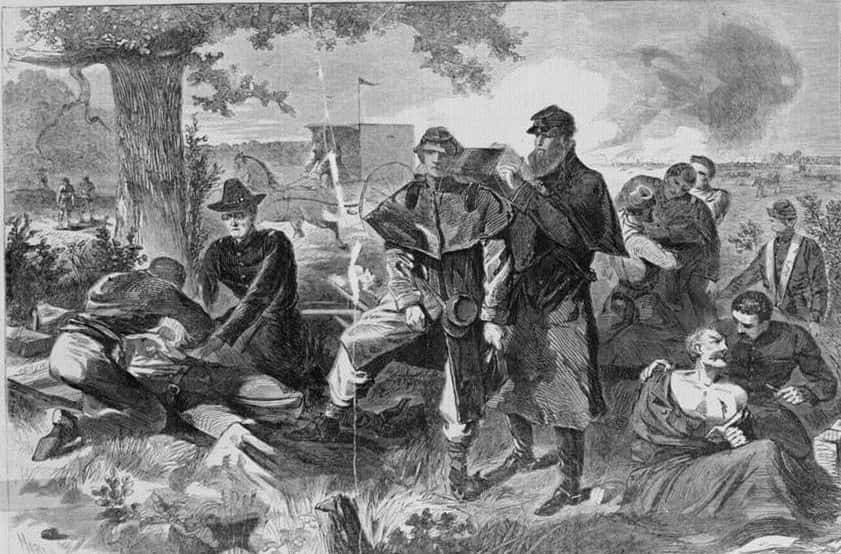
8. Biting the Bullet
Anesthesia wasn’t available on the battlefield. Sometimes, patients were given chloroform, but they often had to have their limbs amputated after a glass of whiskey while they bite down on a bullet.
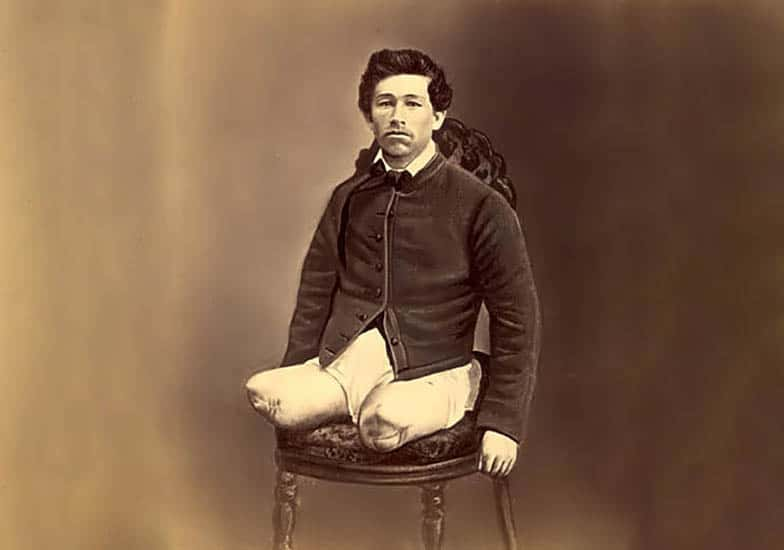
7. Packing Snow
Armies were known to have snowball fights after major snowfalls. The largest recorded fight involved 10,000 Confederate soldiers.
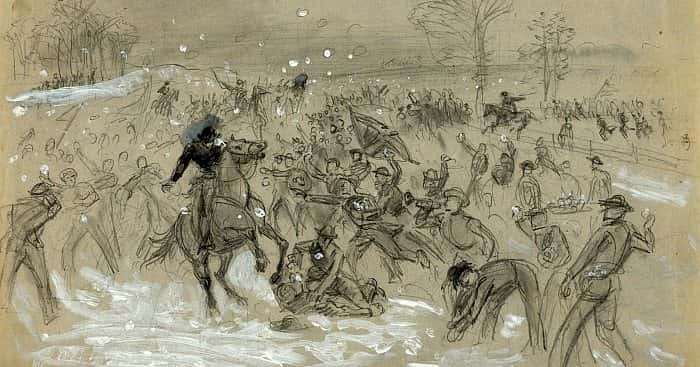
6. Further South
Some Confederate sympathizers fled and founded colonies in Mexico and South America after the Civil War. Small villages were erected in Brazil with names like “Americana” and “New Texas”.
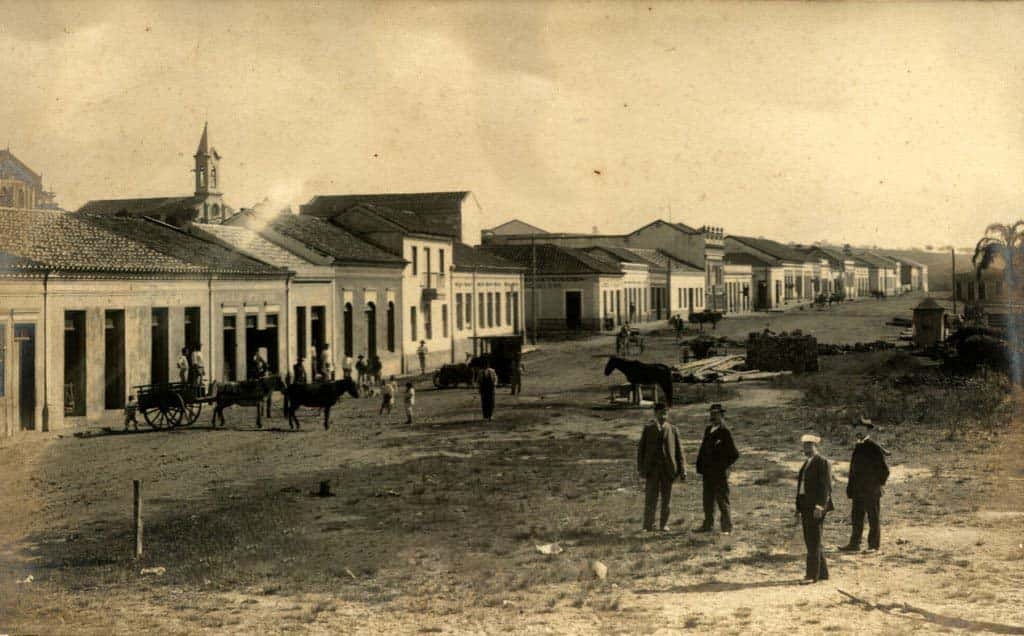
Villa Americana, Mexico.
5. Better Recognize!
The Confederacy was never recognized by any foreign country during the American Civil War.
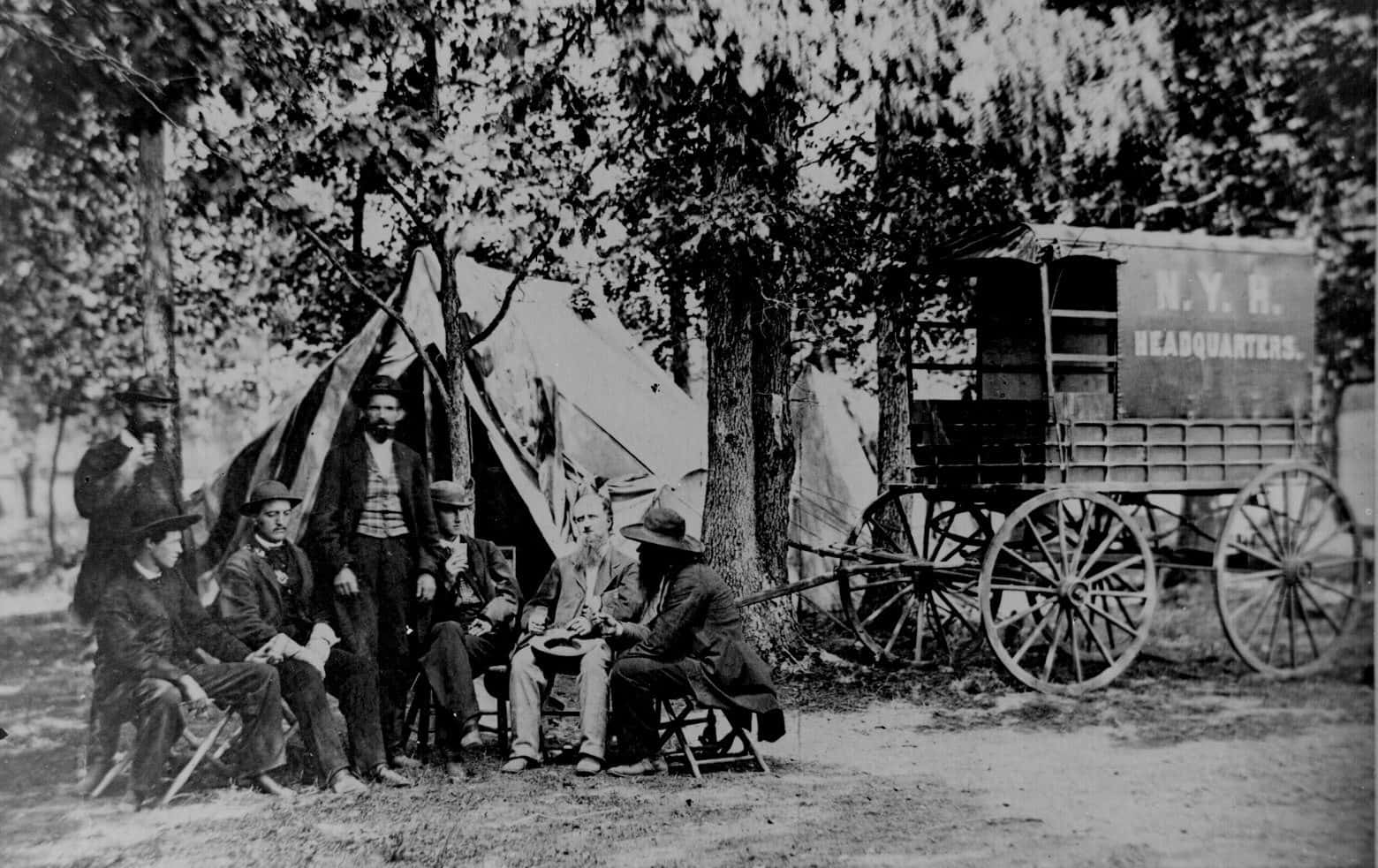
4. Many Men
There were roughly 3 million soldiers in the Civil War. Of them, 1% were regular army, 9% were draftees and the rest were volunteers.
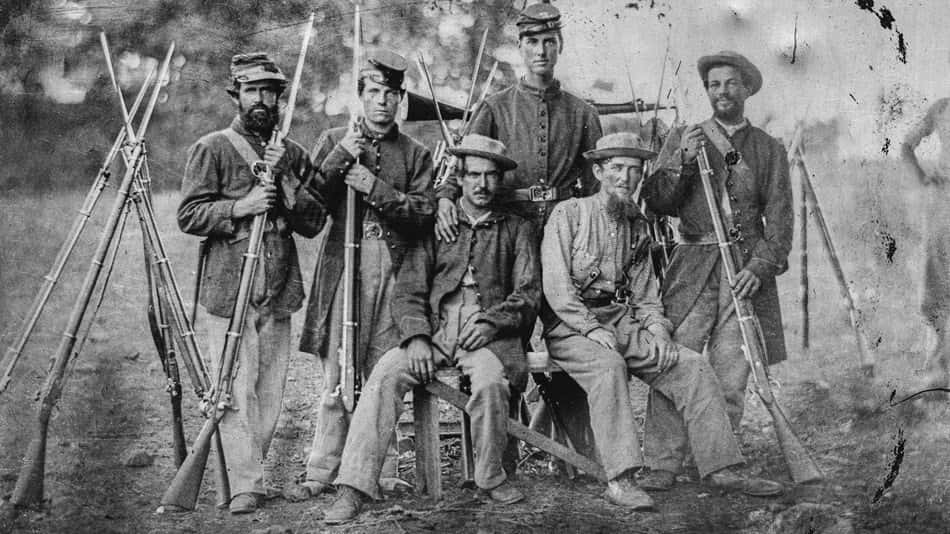
3. Hope You Made Copies
The original copy of the Emancipation Proclamation was donated to the Chicago Historical Society in 1864. Sadly, it was destroyed in the Great Fire of 1871.
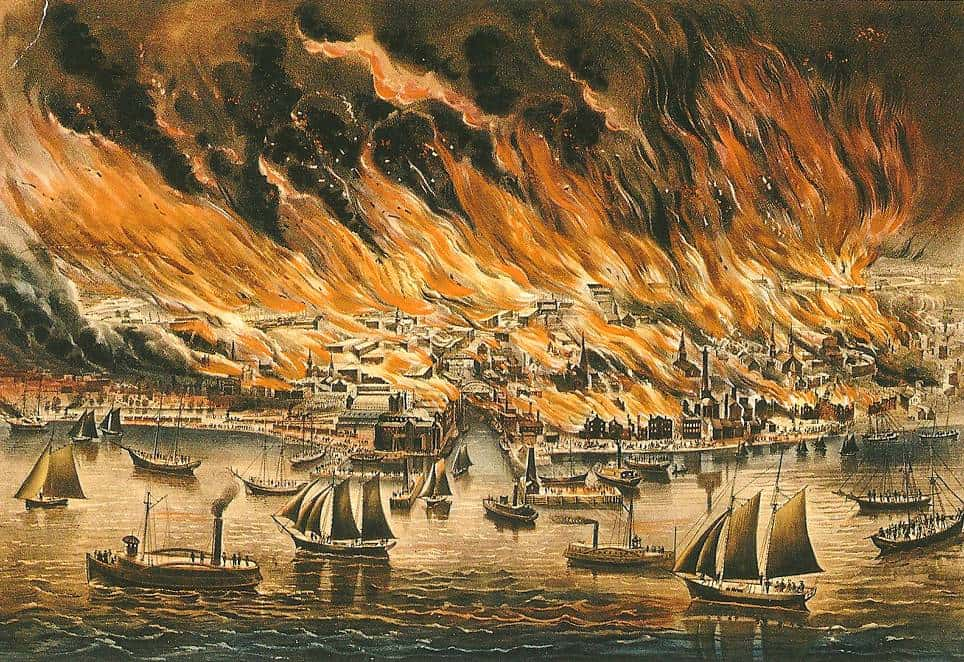
2. Call It What You Will
There are over 25 different names the Civil War was known as. Some of these were “The War for the Union”, “The Brothers War”, “The War of the Rebellion” and “The War to Suppress Yankee Arrogance.”
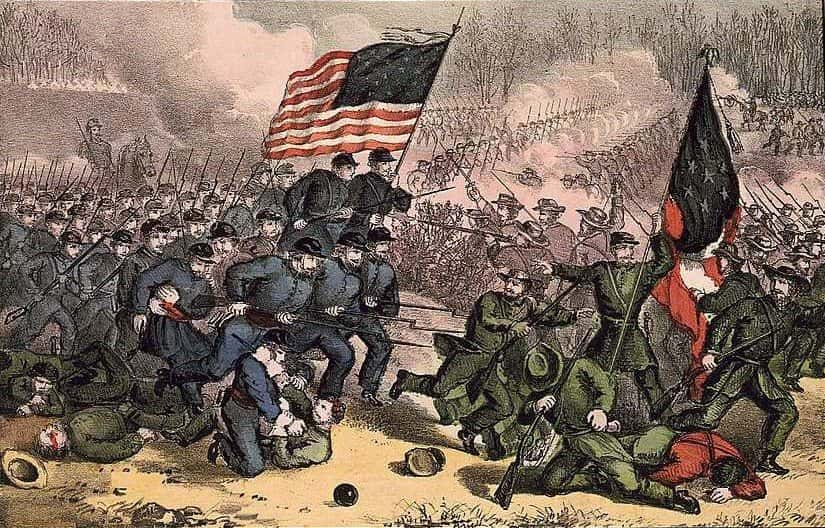
1. Bulletproof
A man named W.V Meadows was shot in the eye during the Battle of Vicksburg. Not only did he survive but, 58 years later he coughed the bullet out of his mouth.
